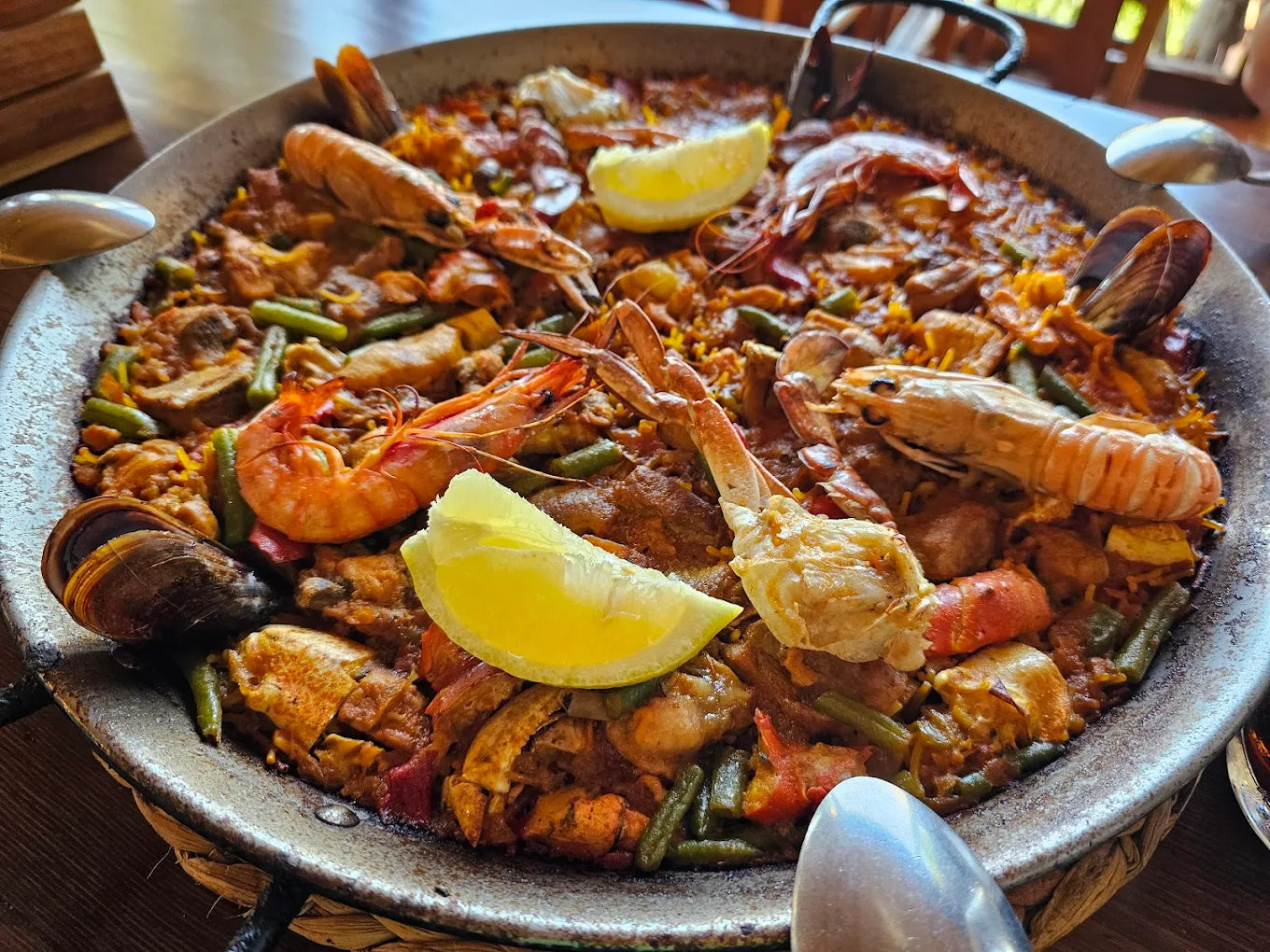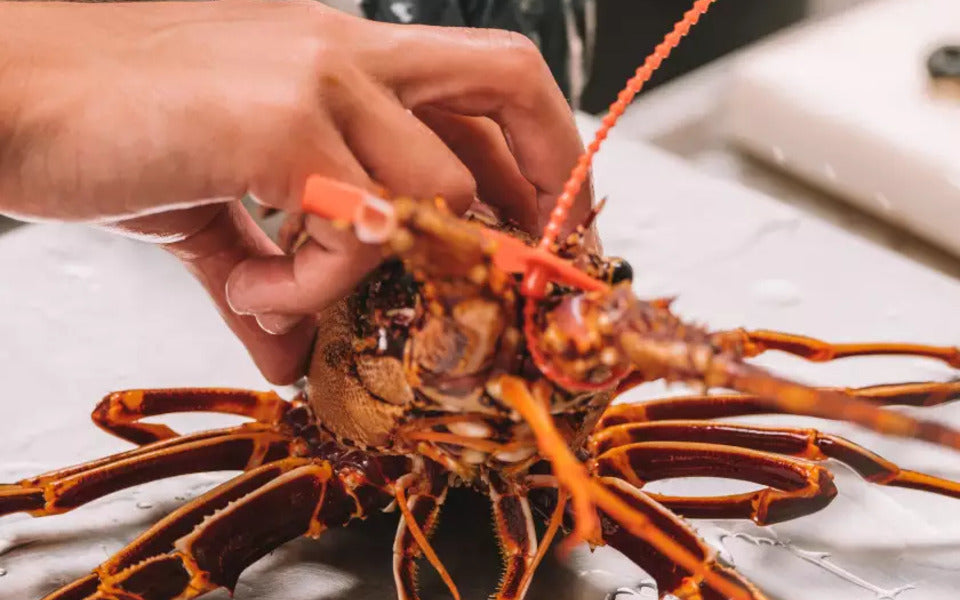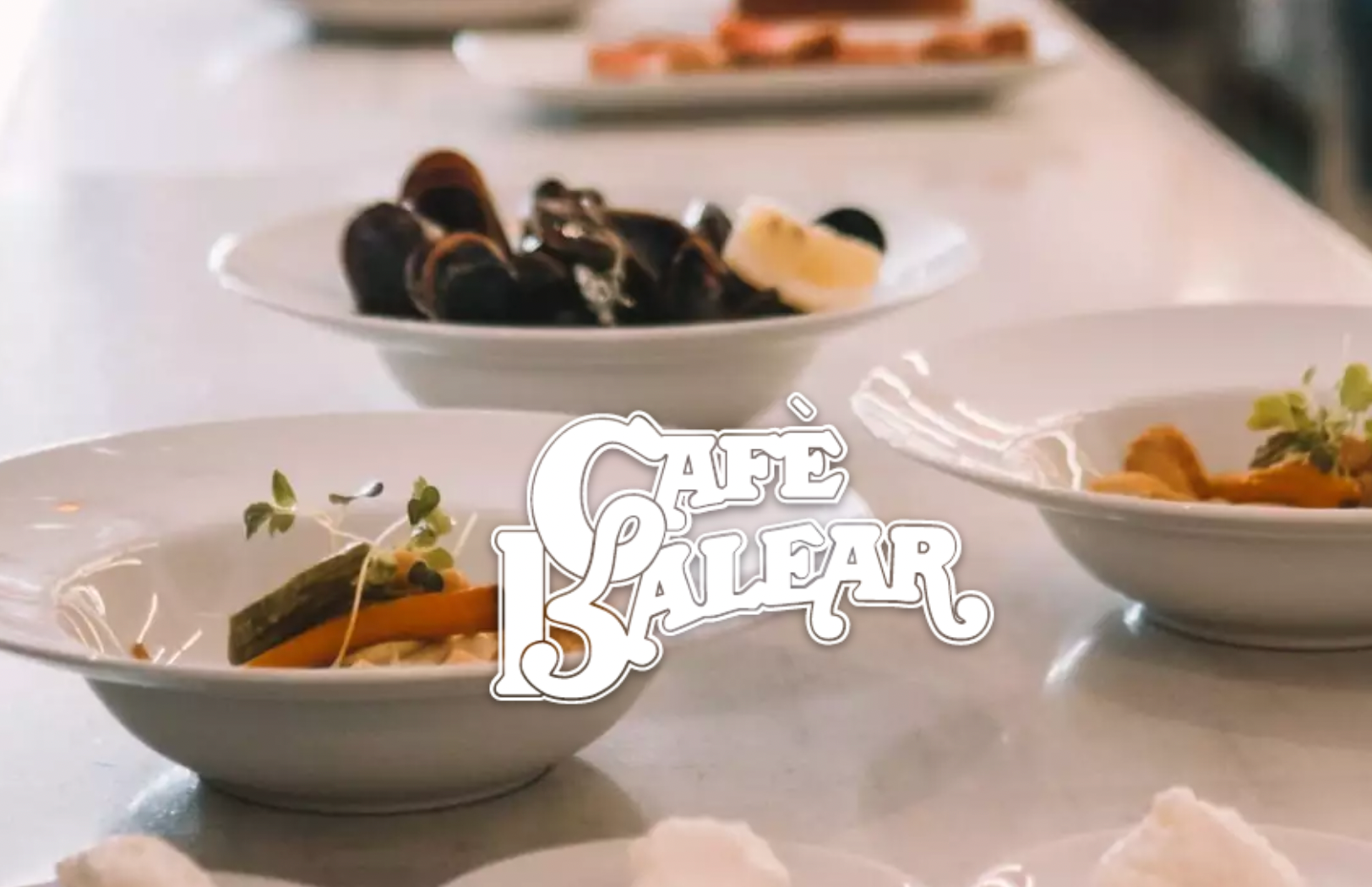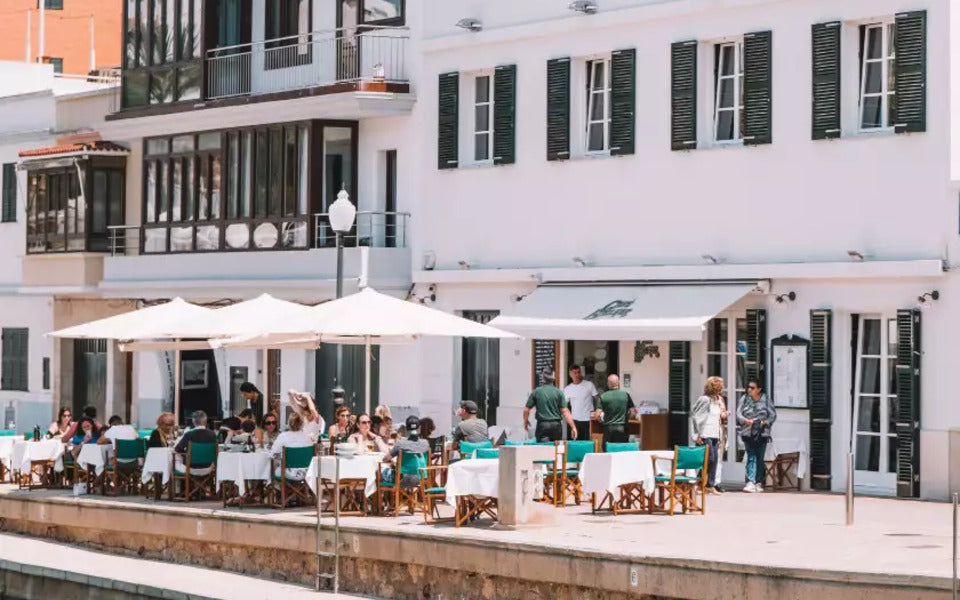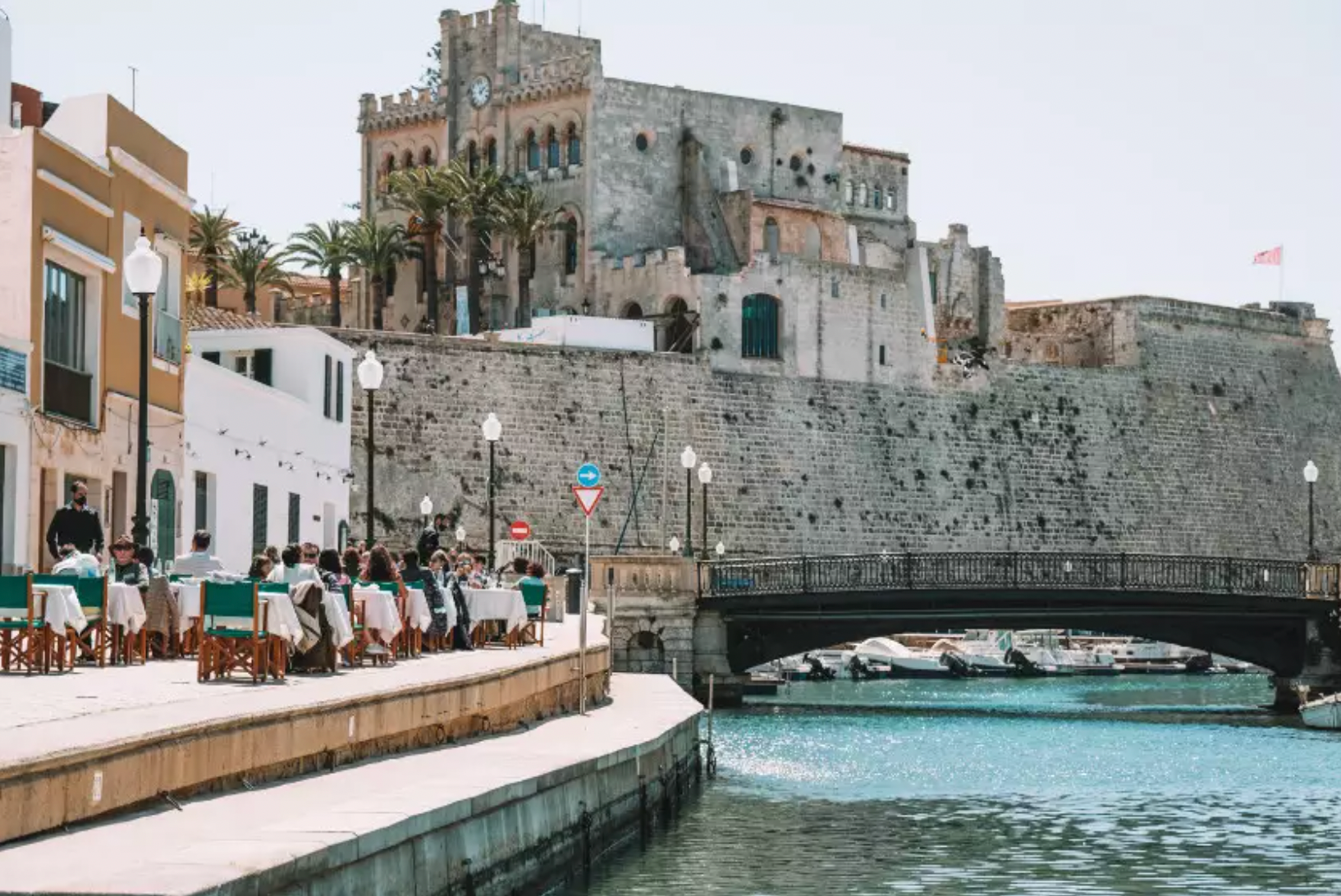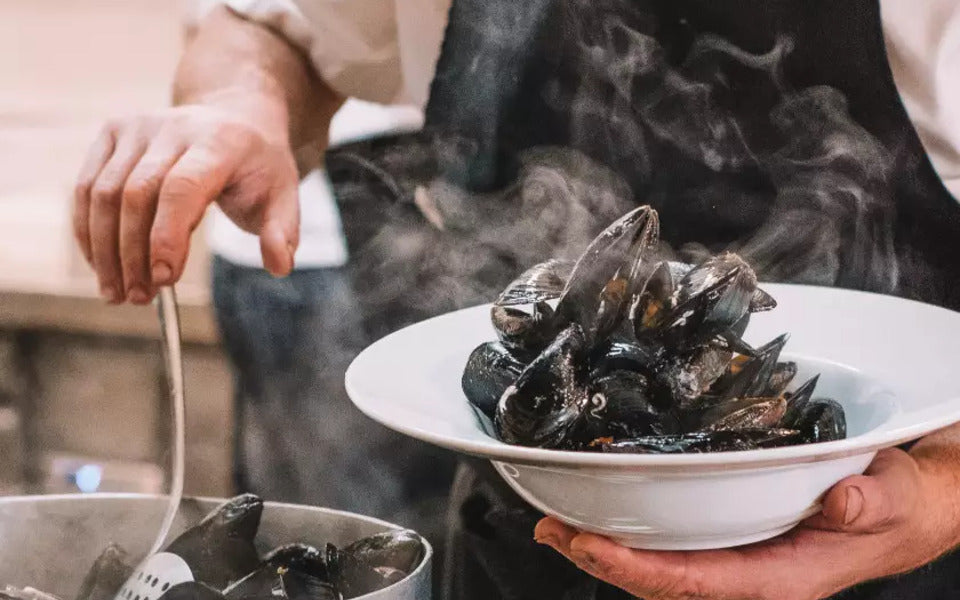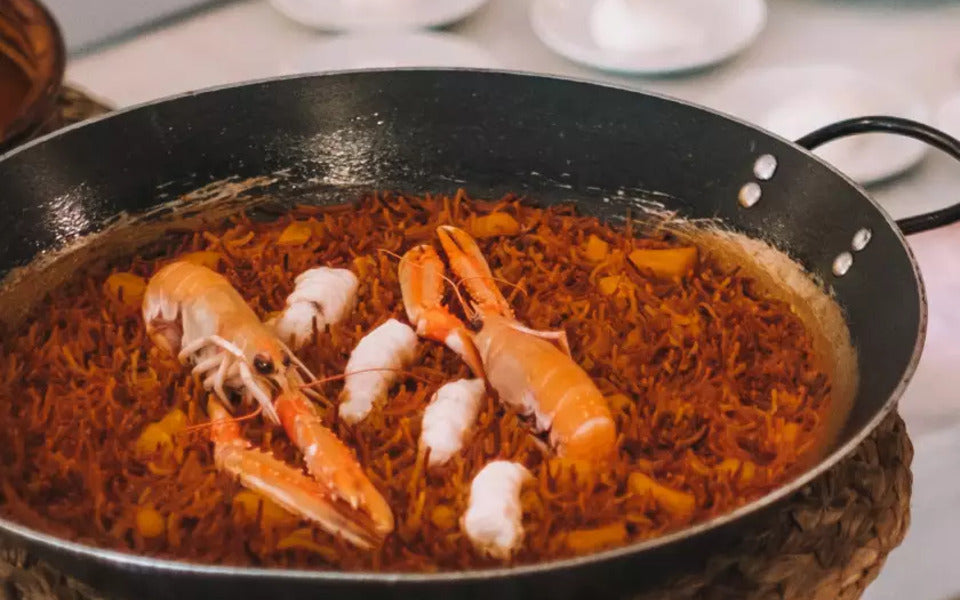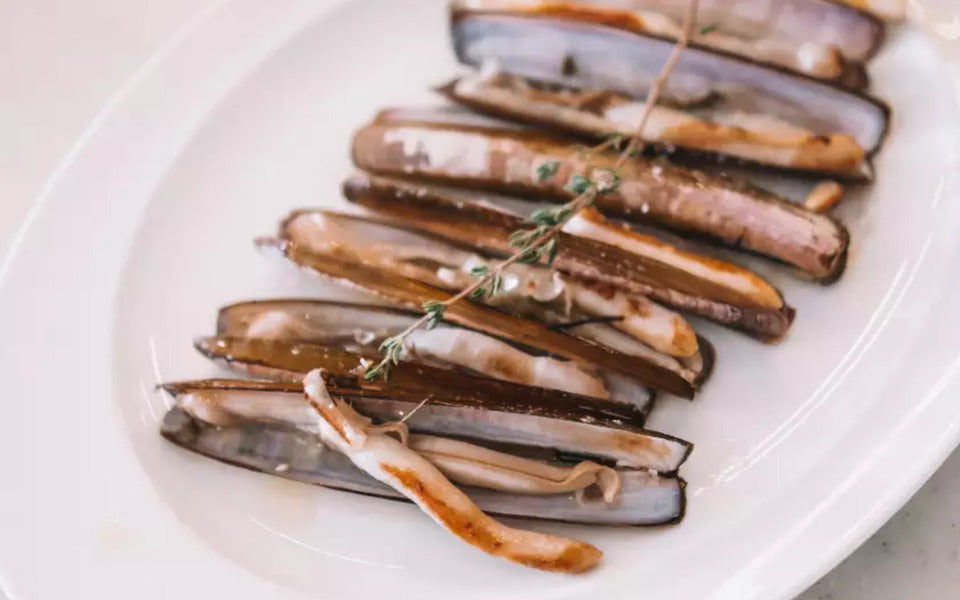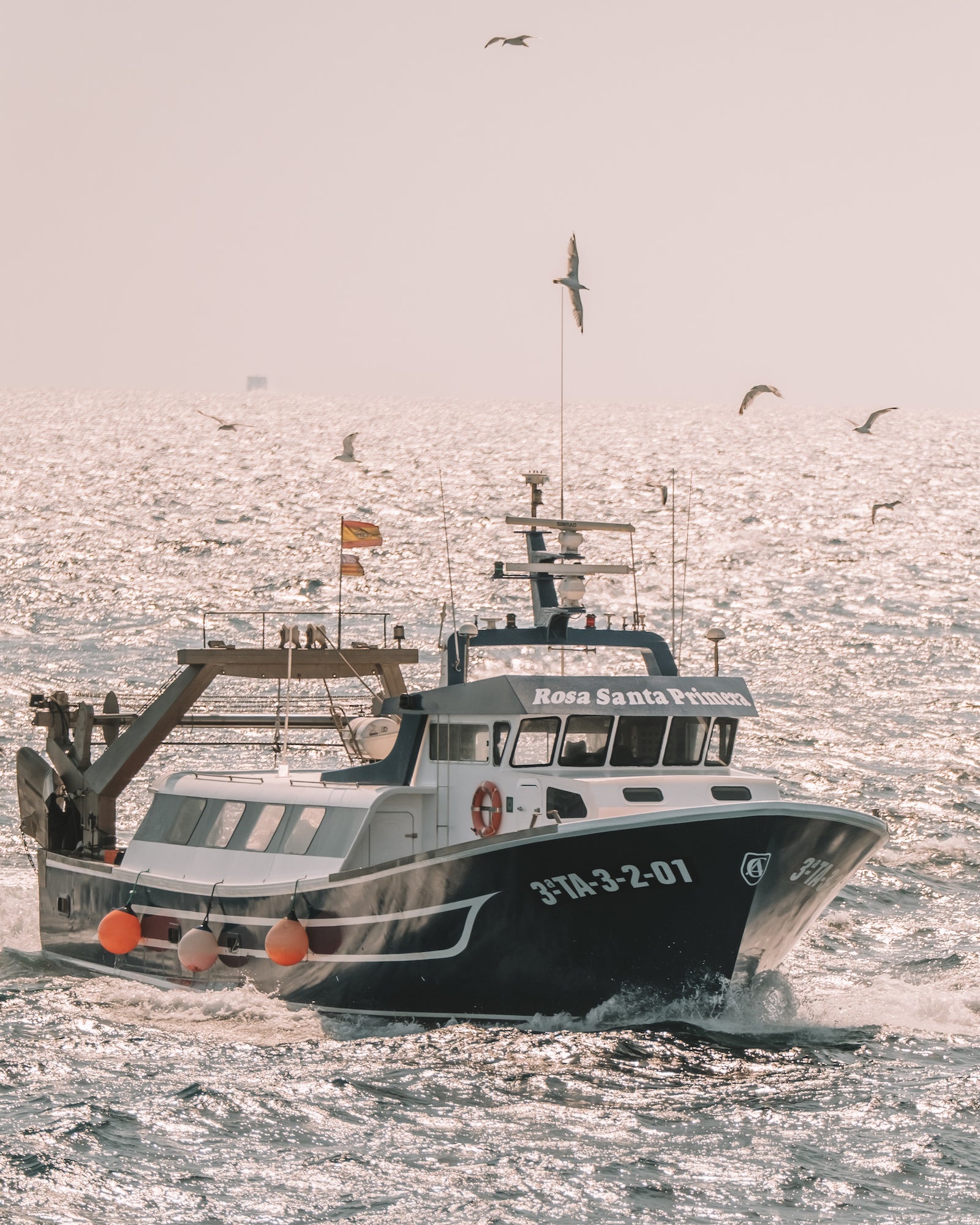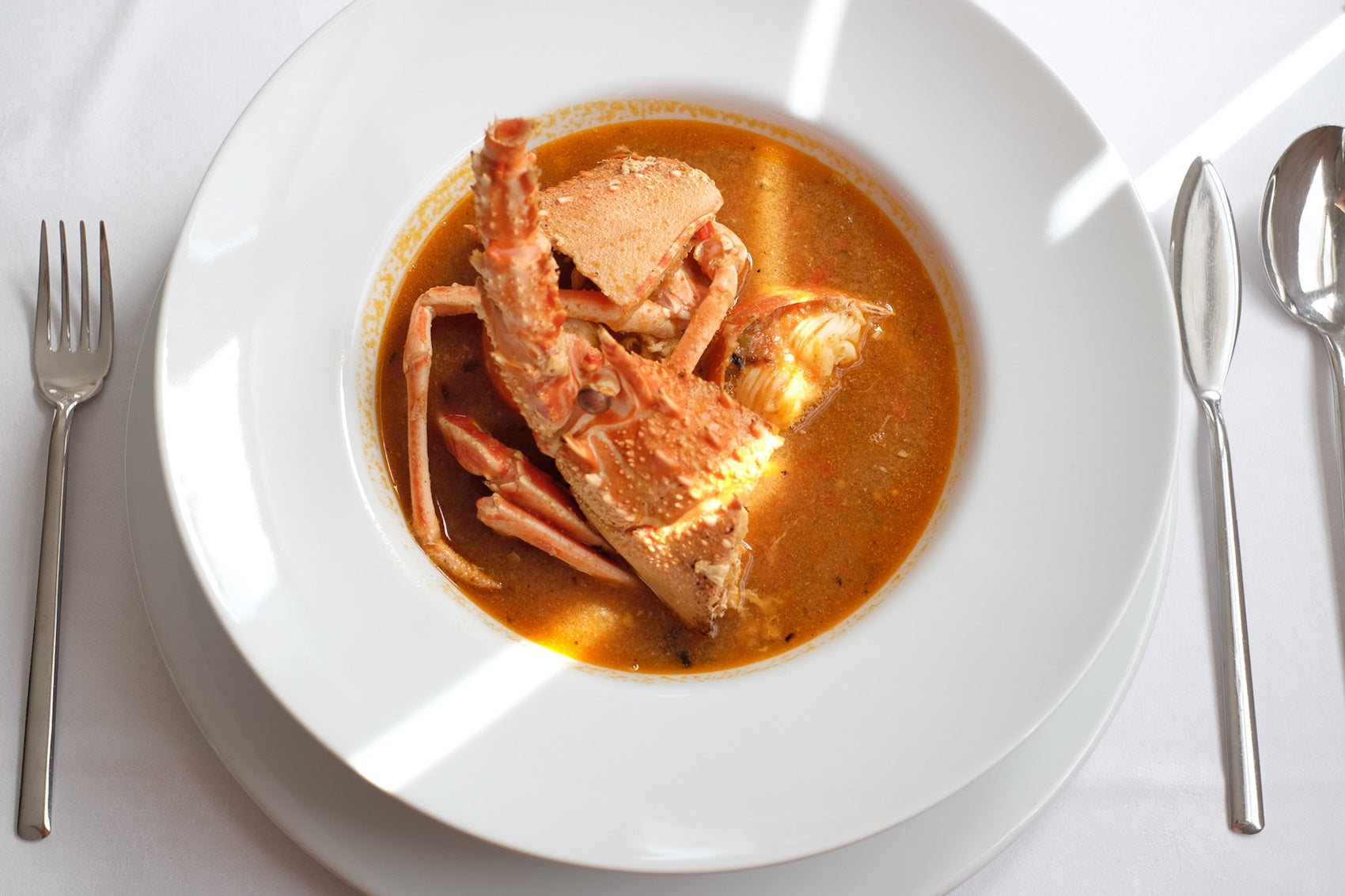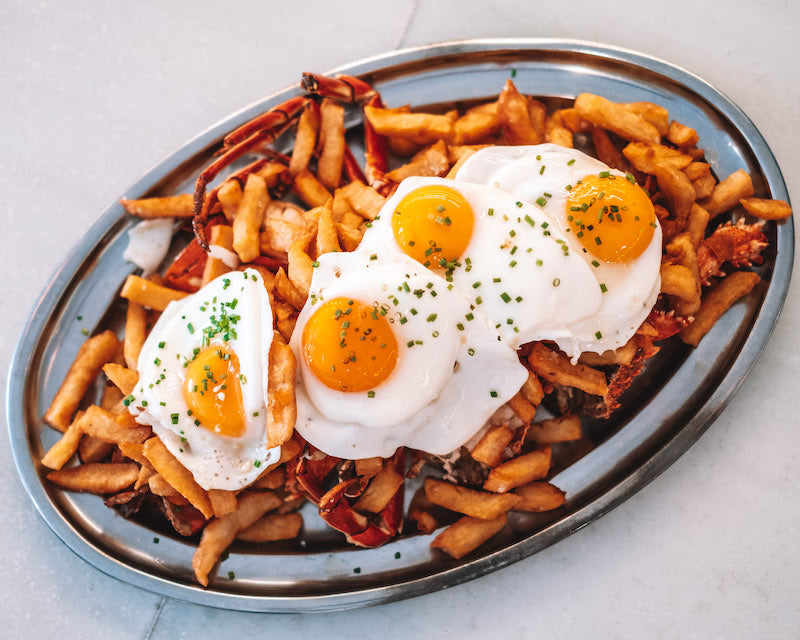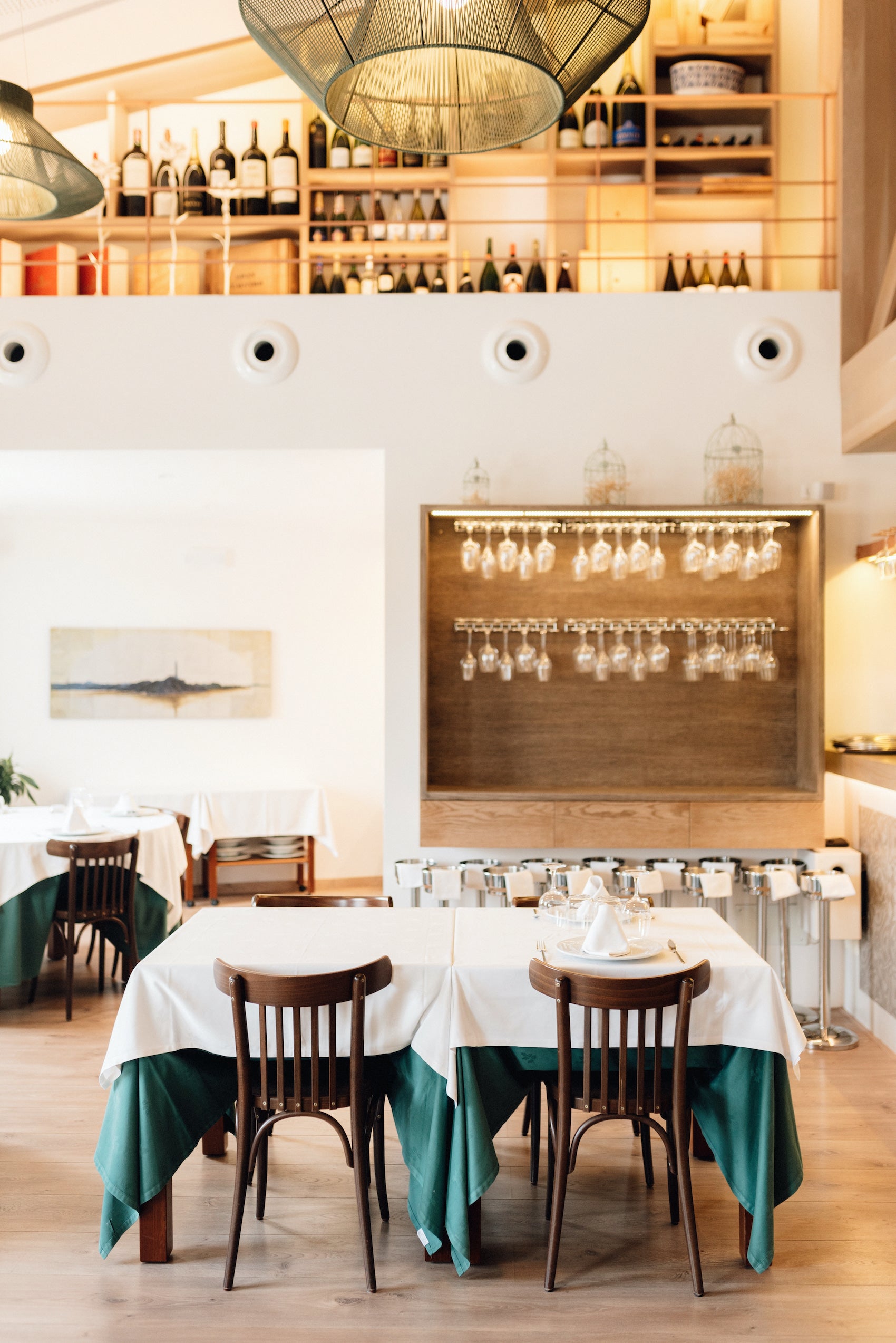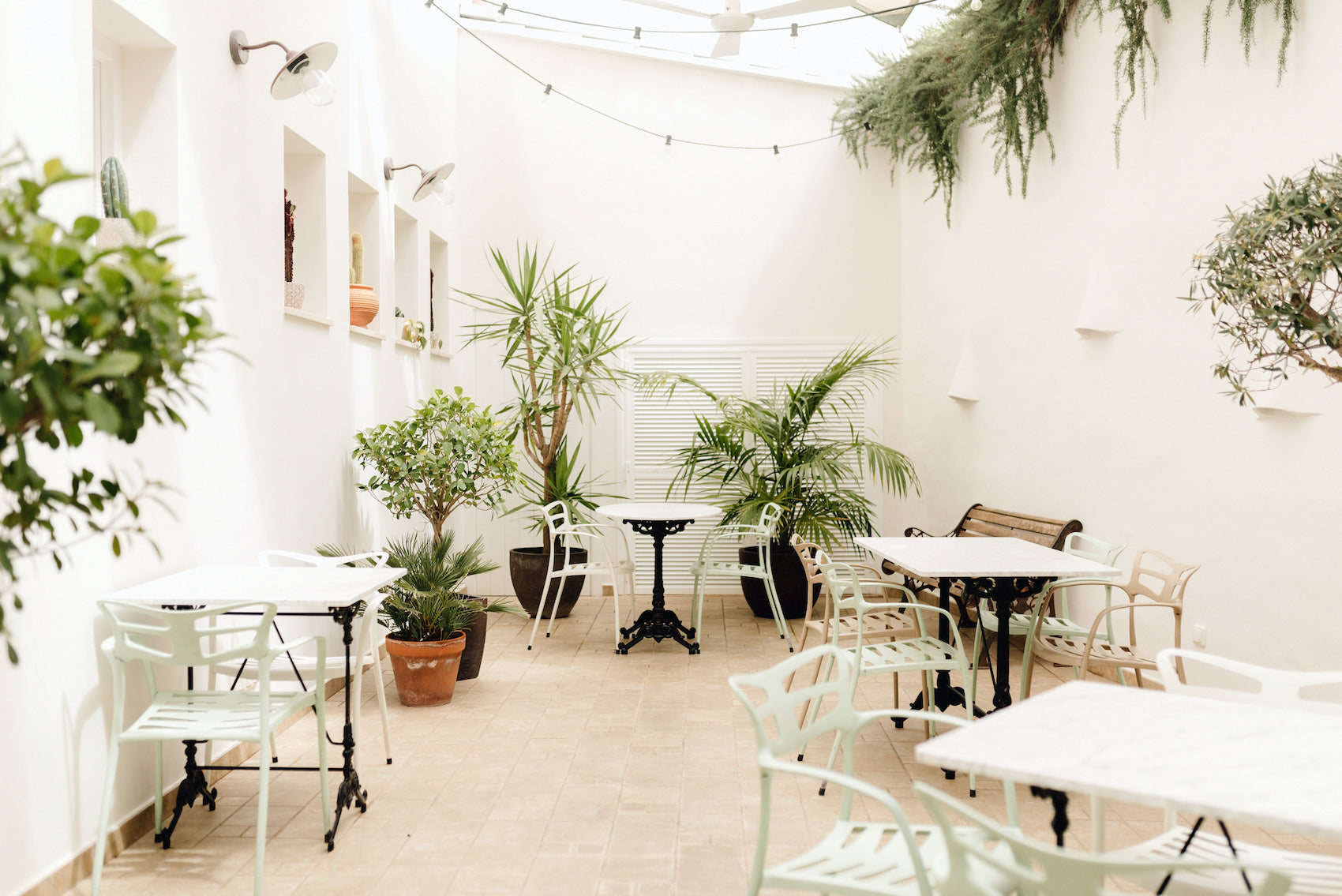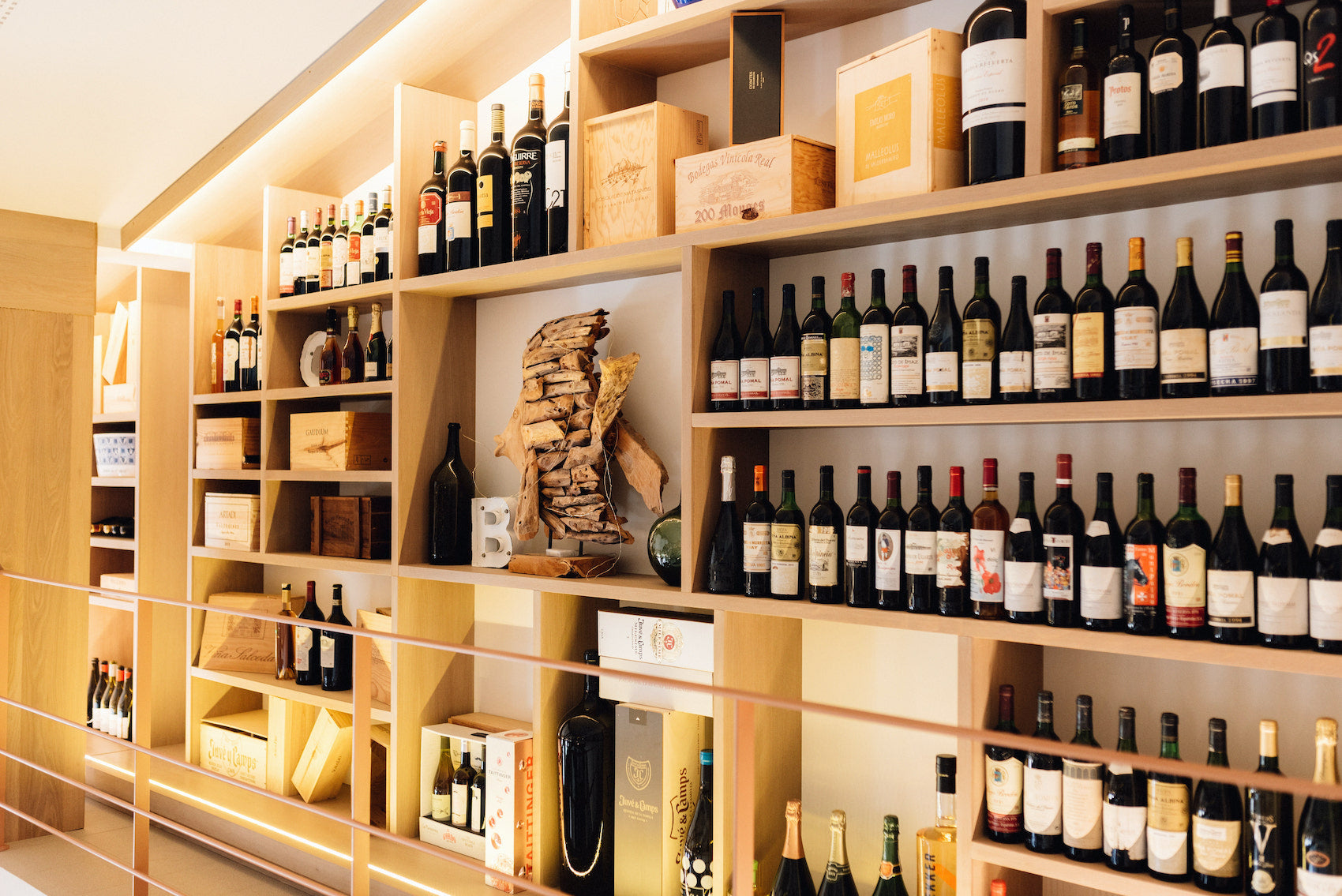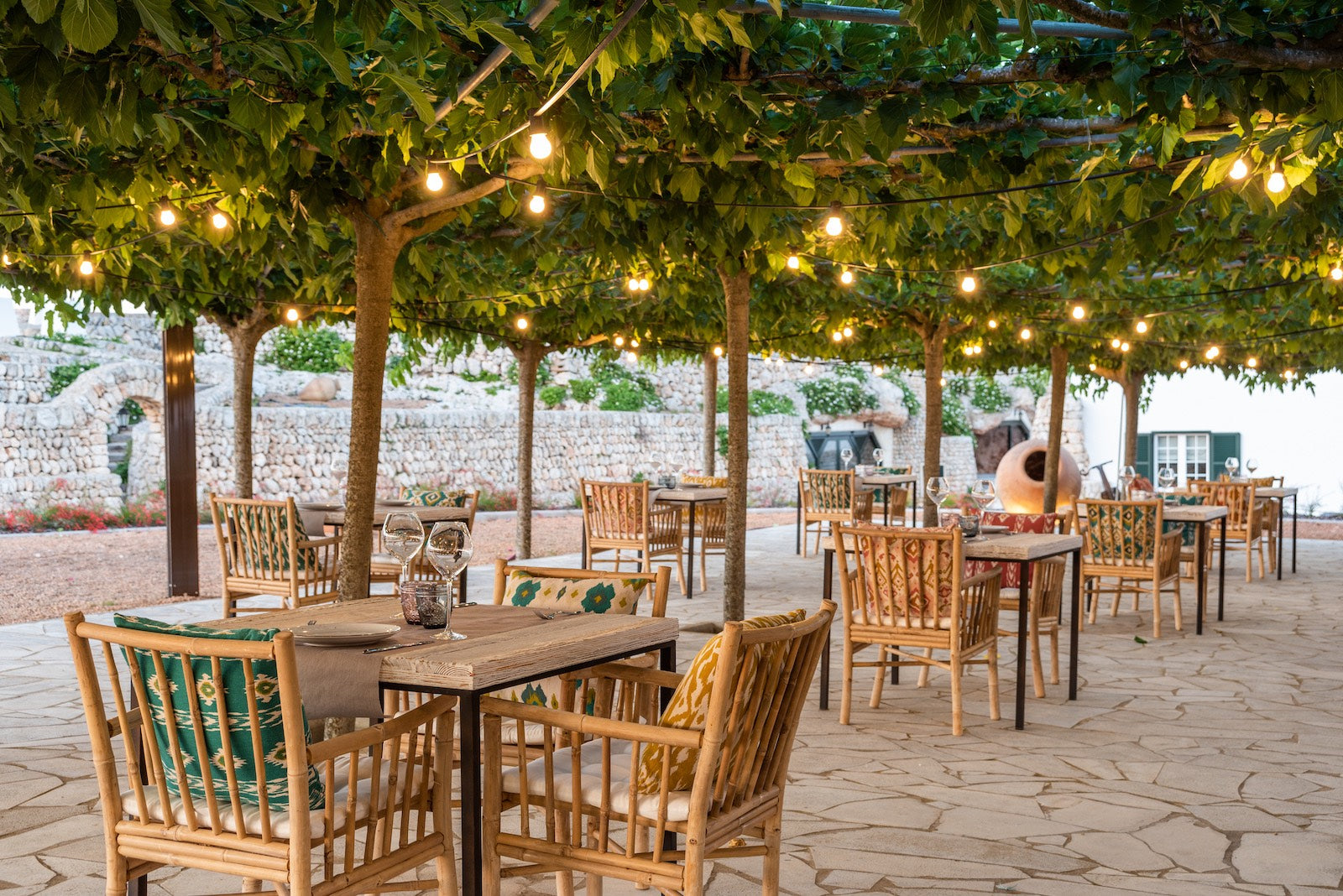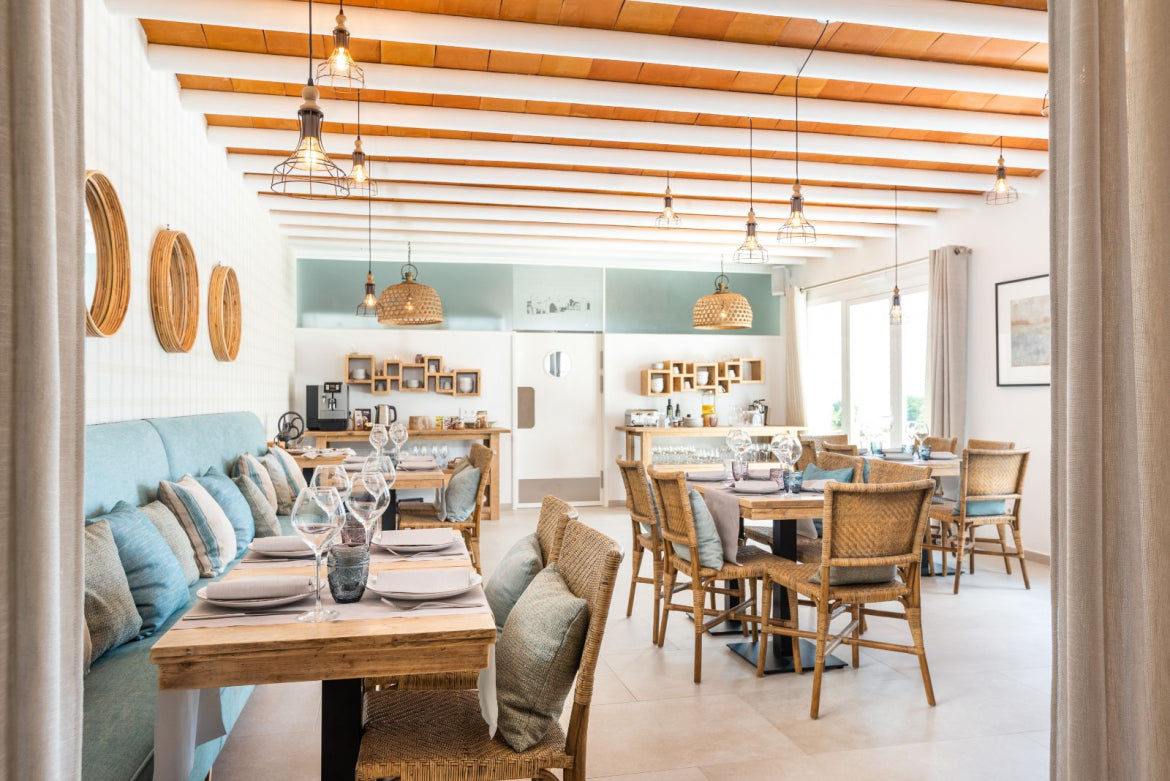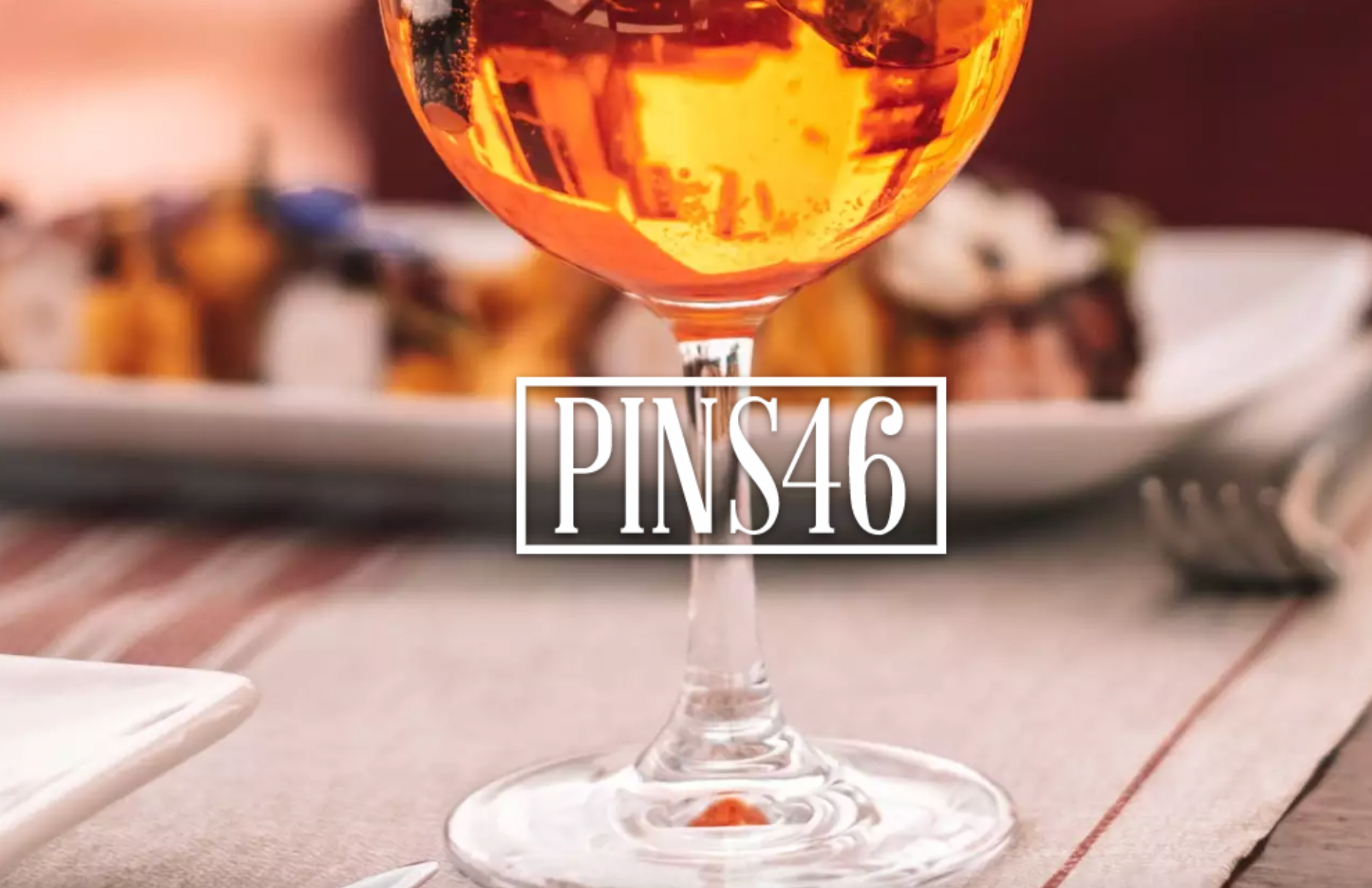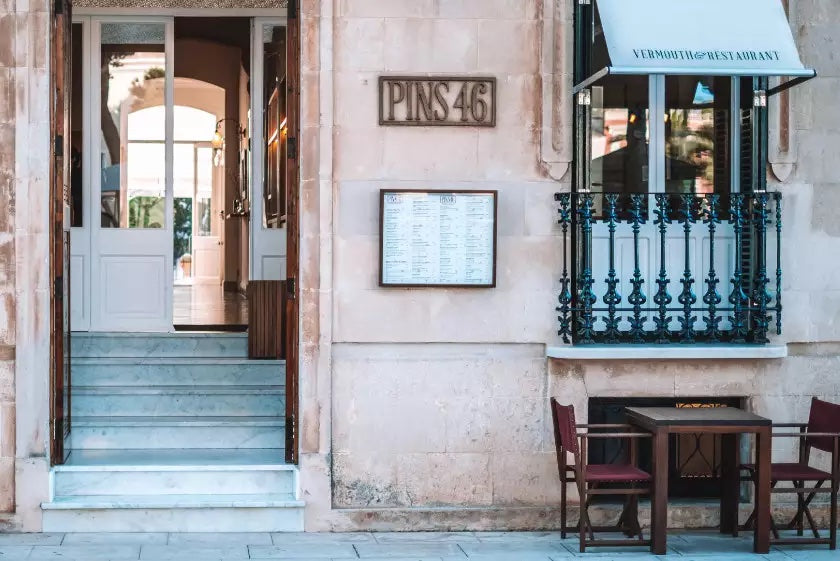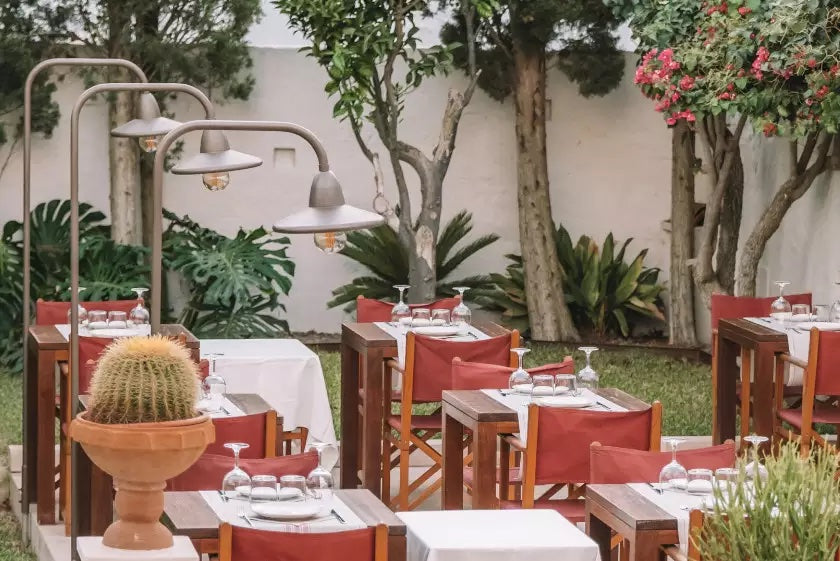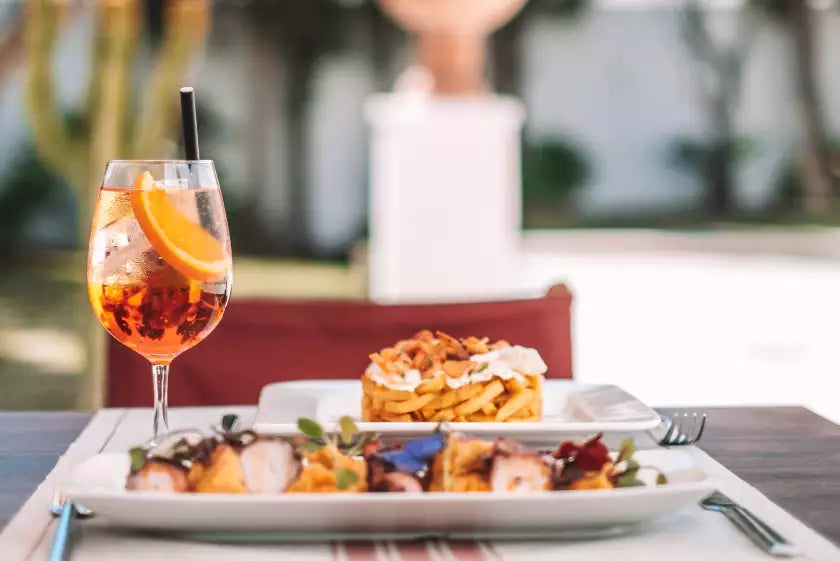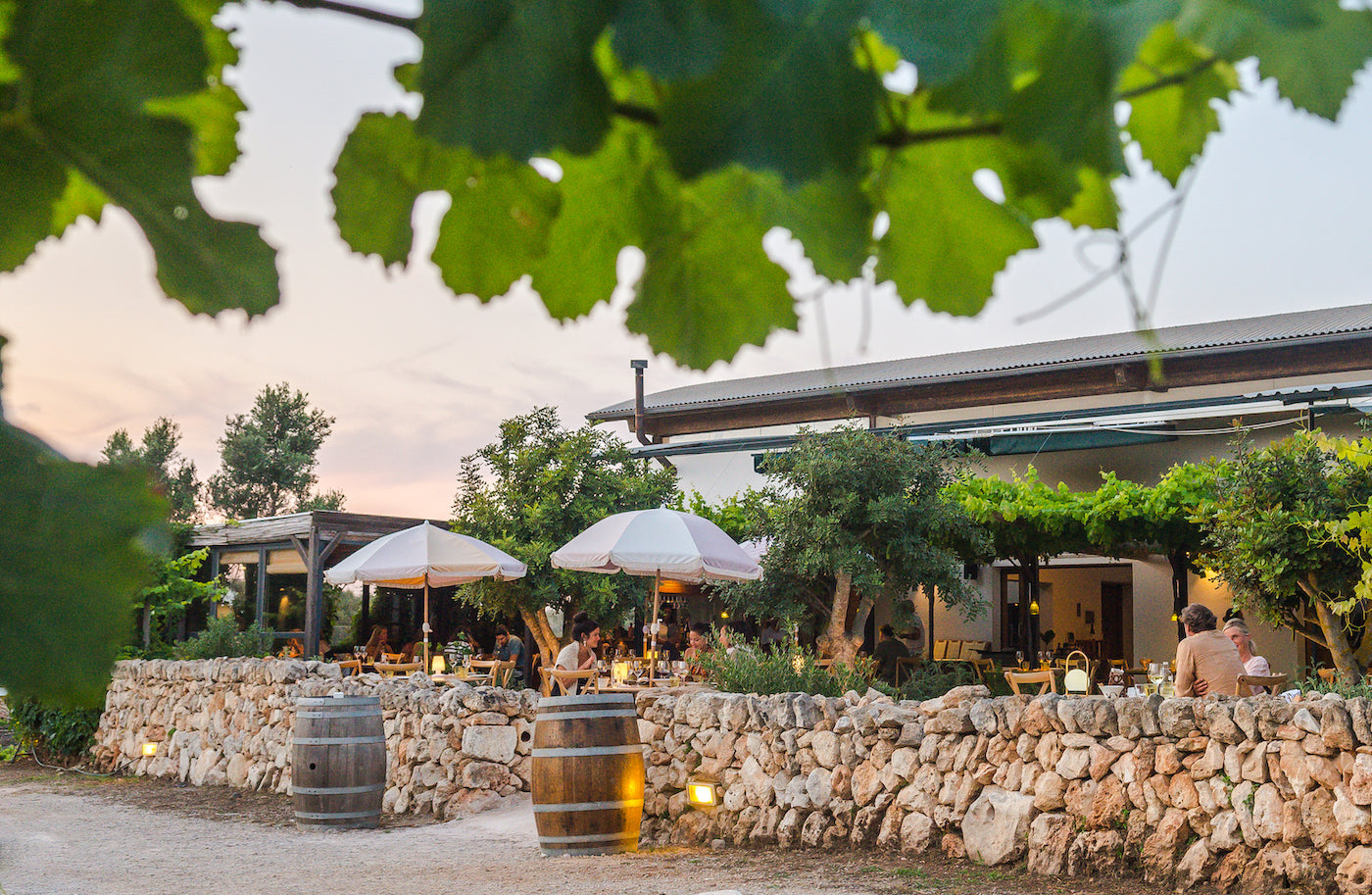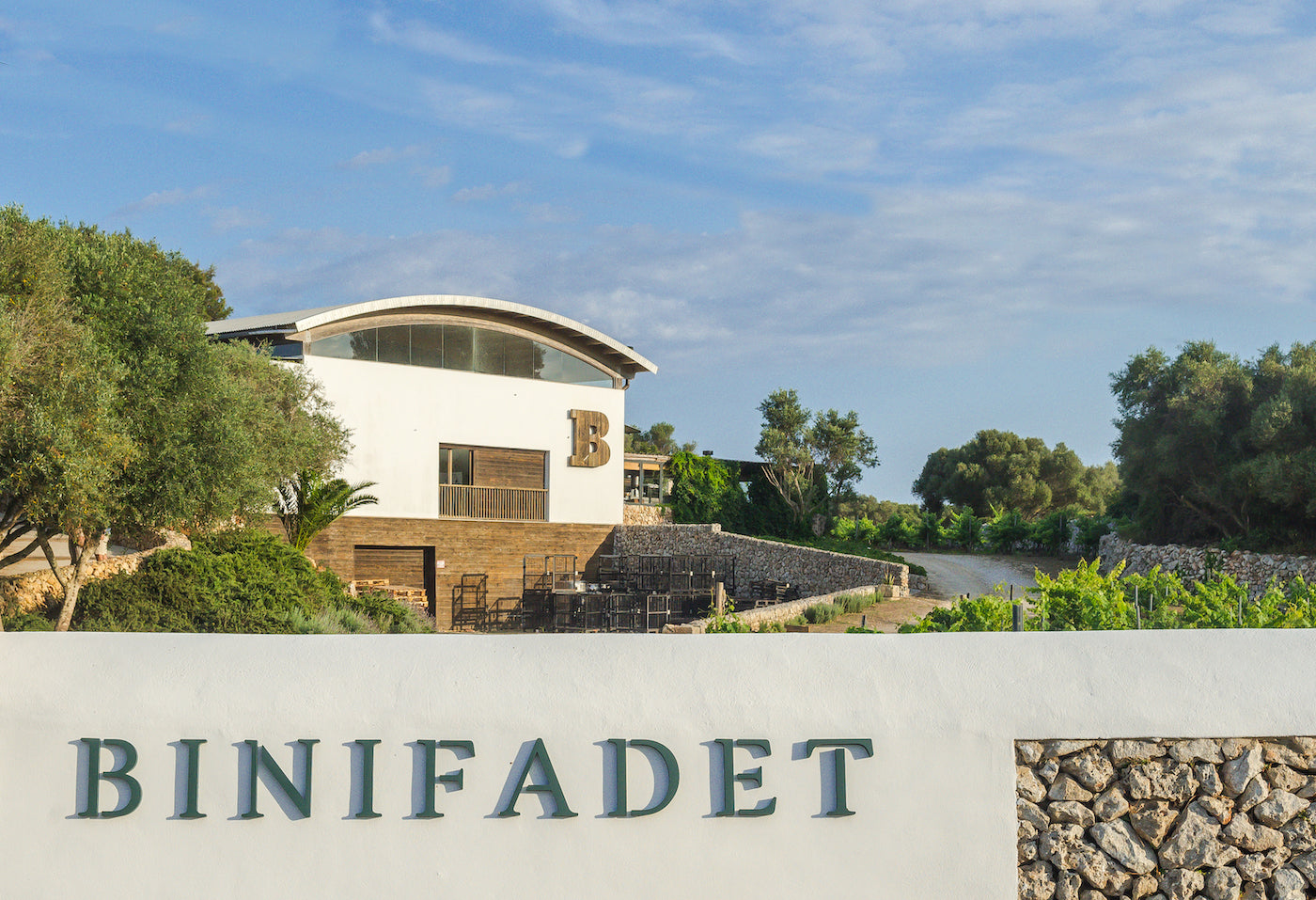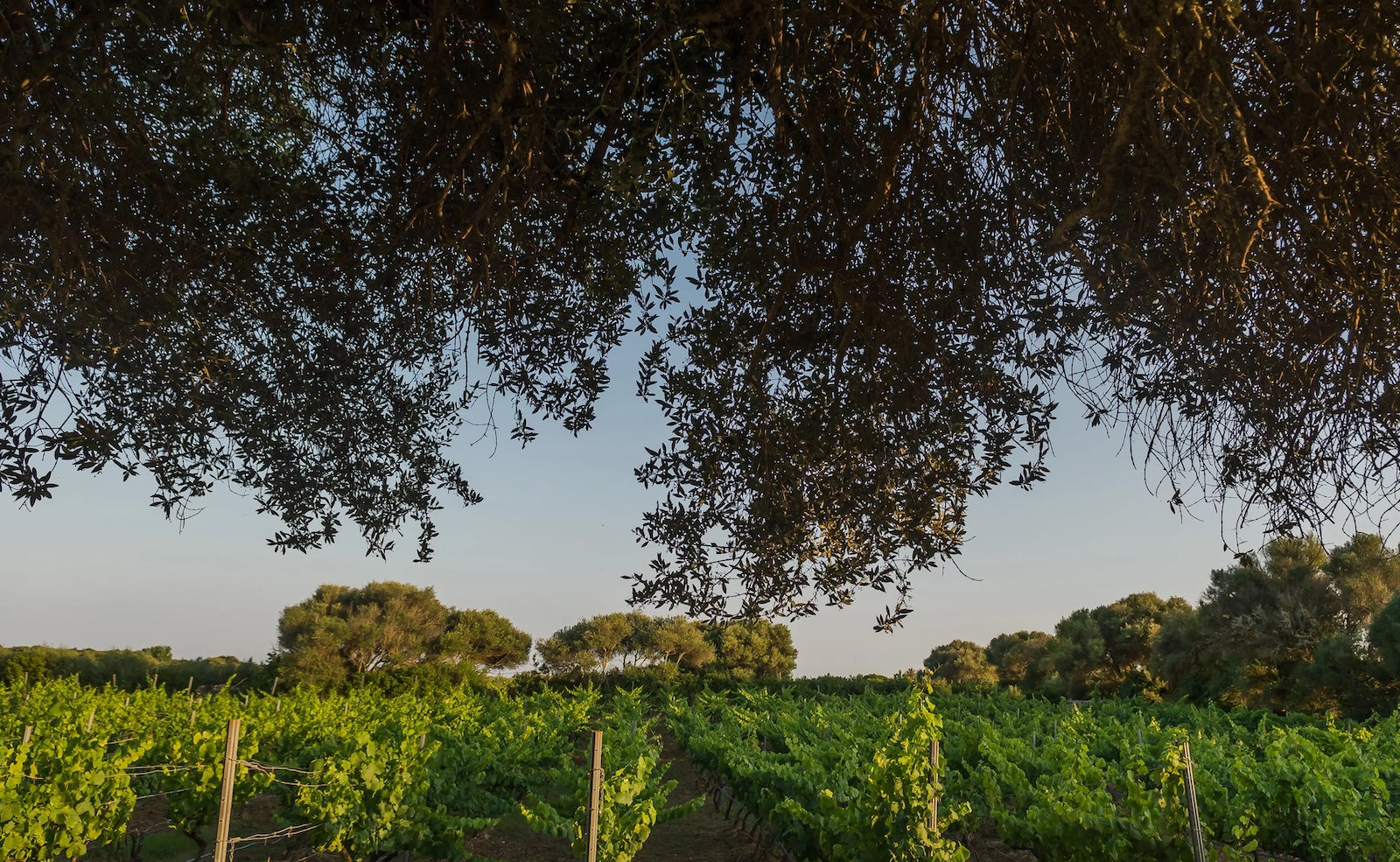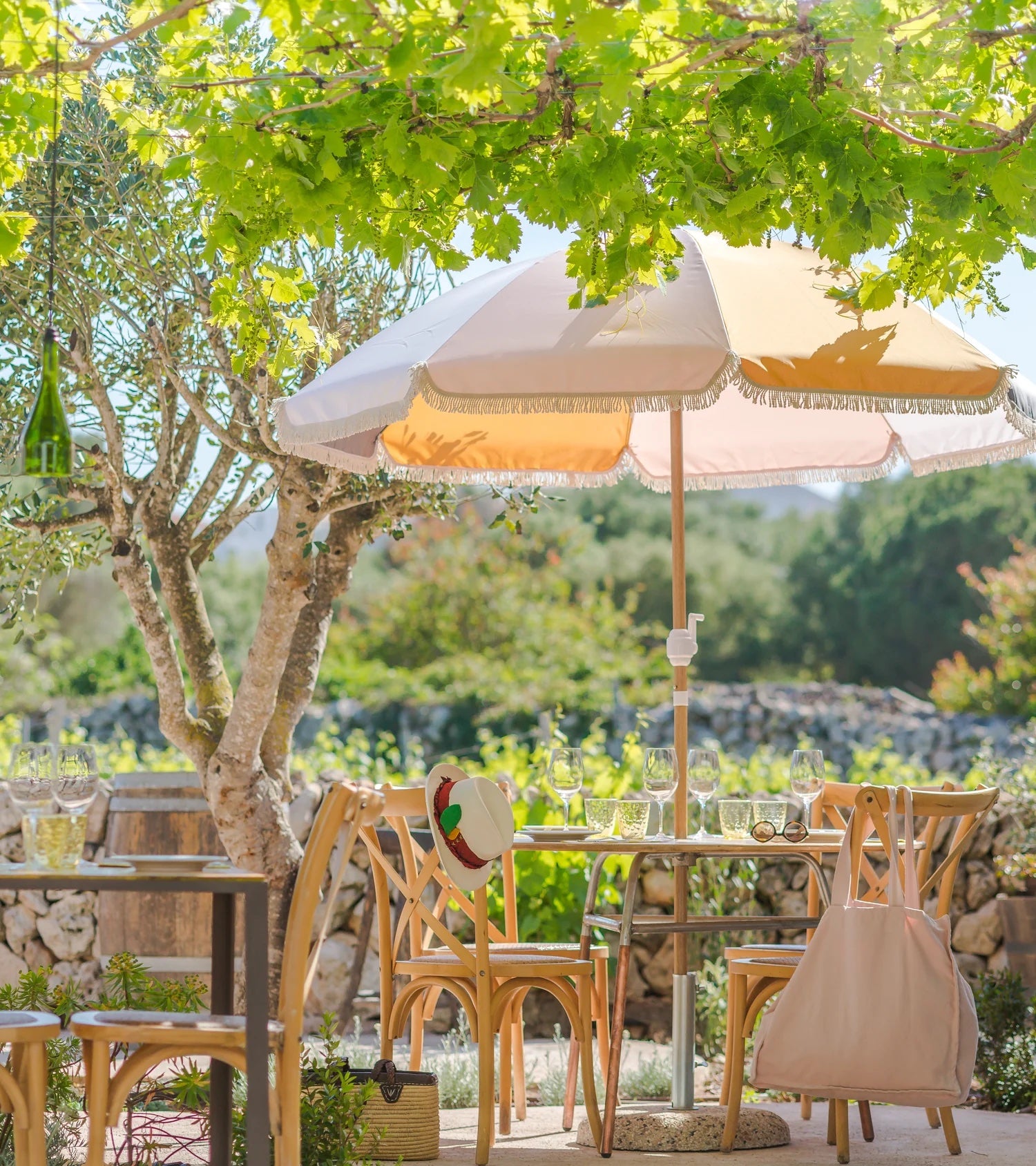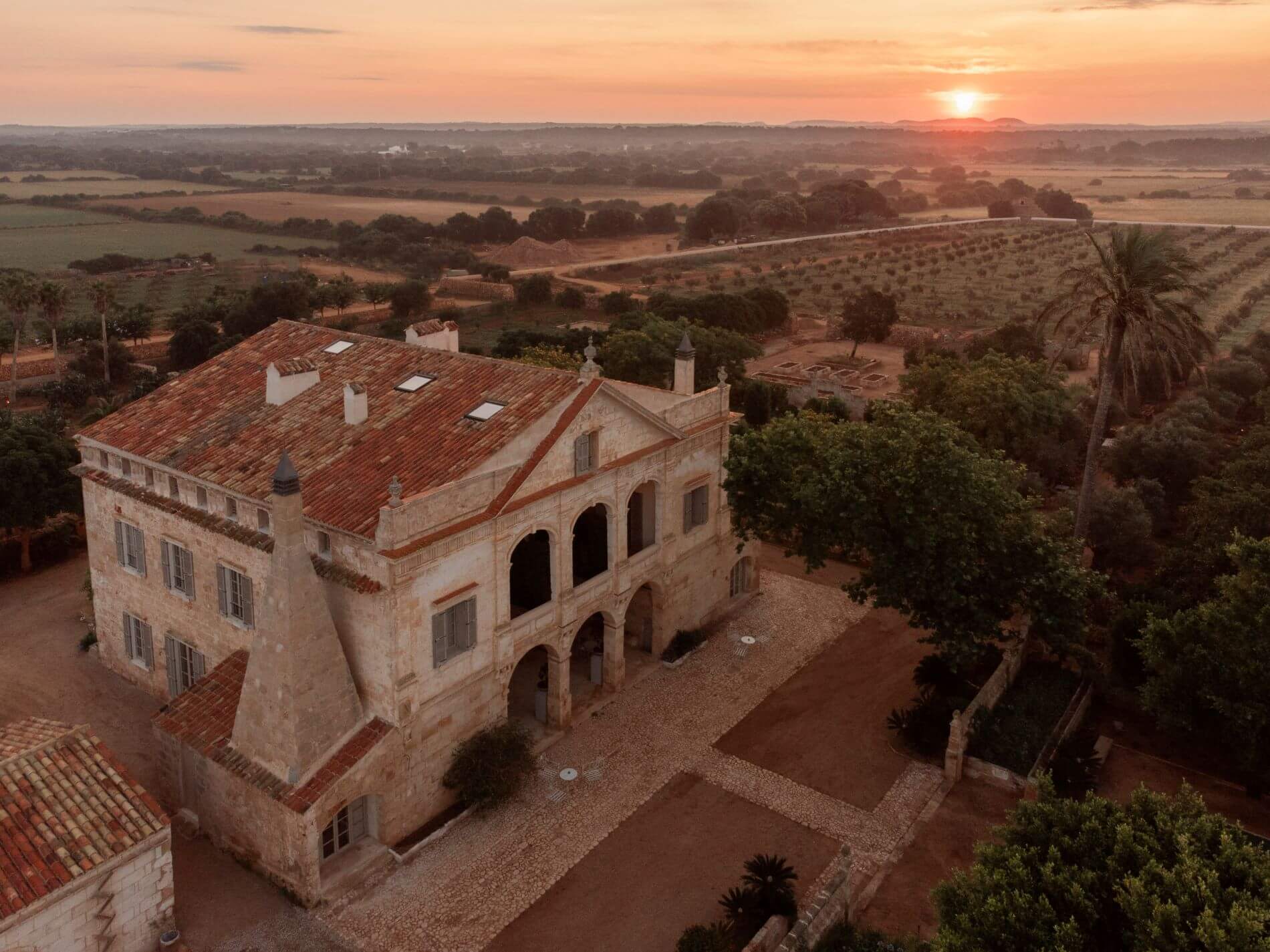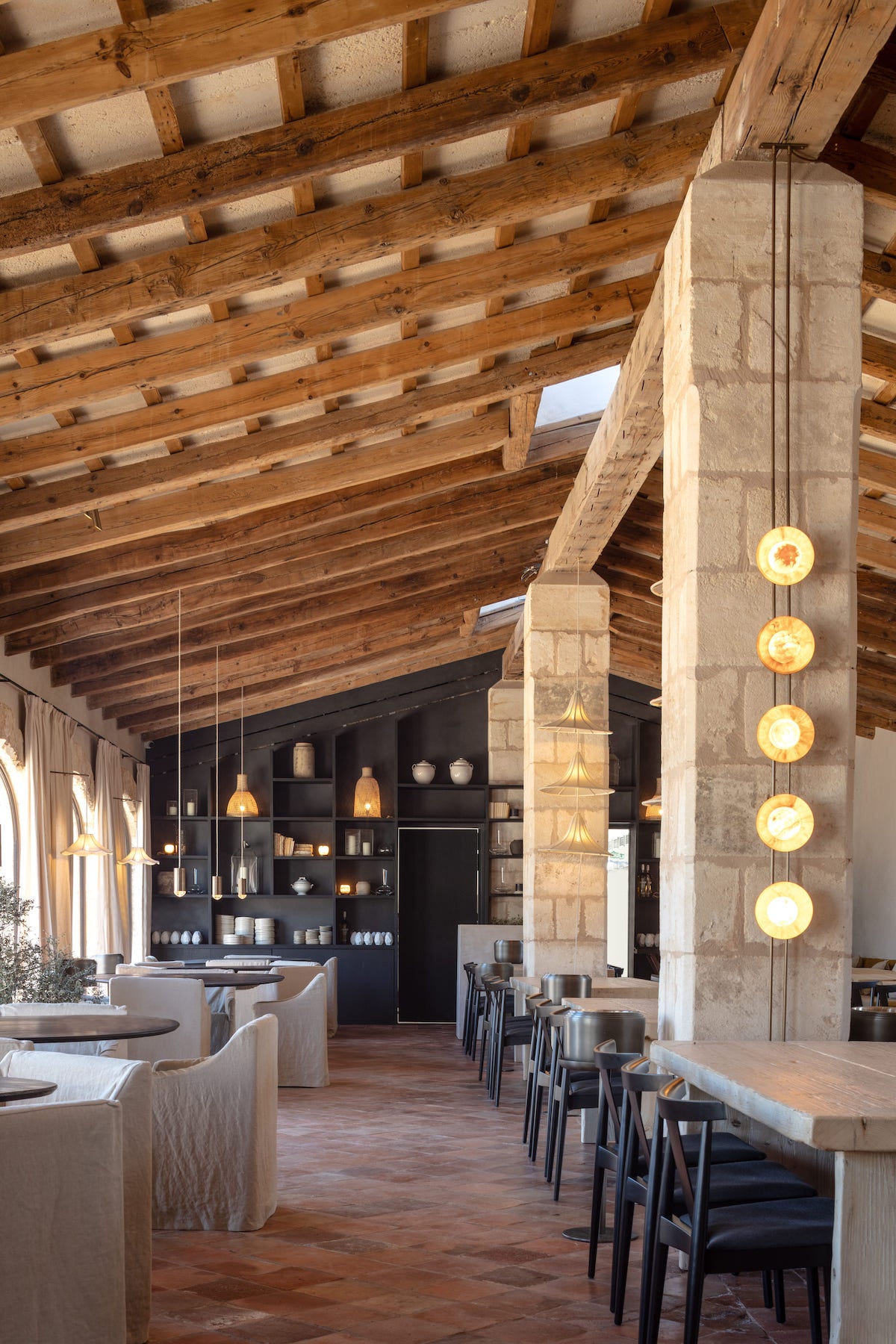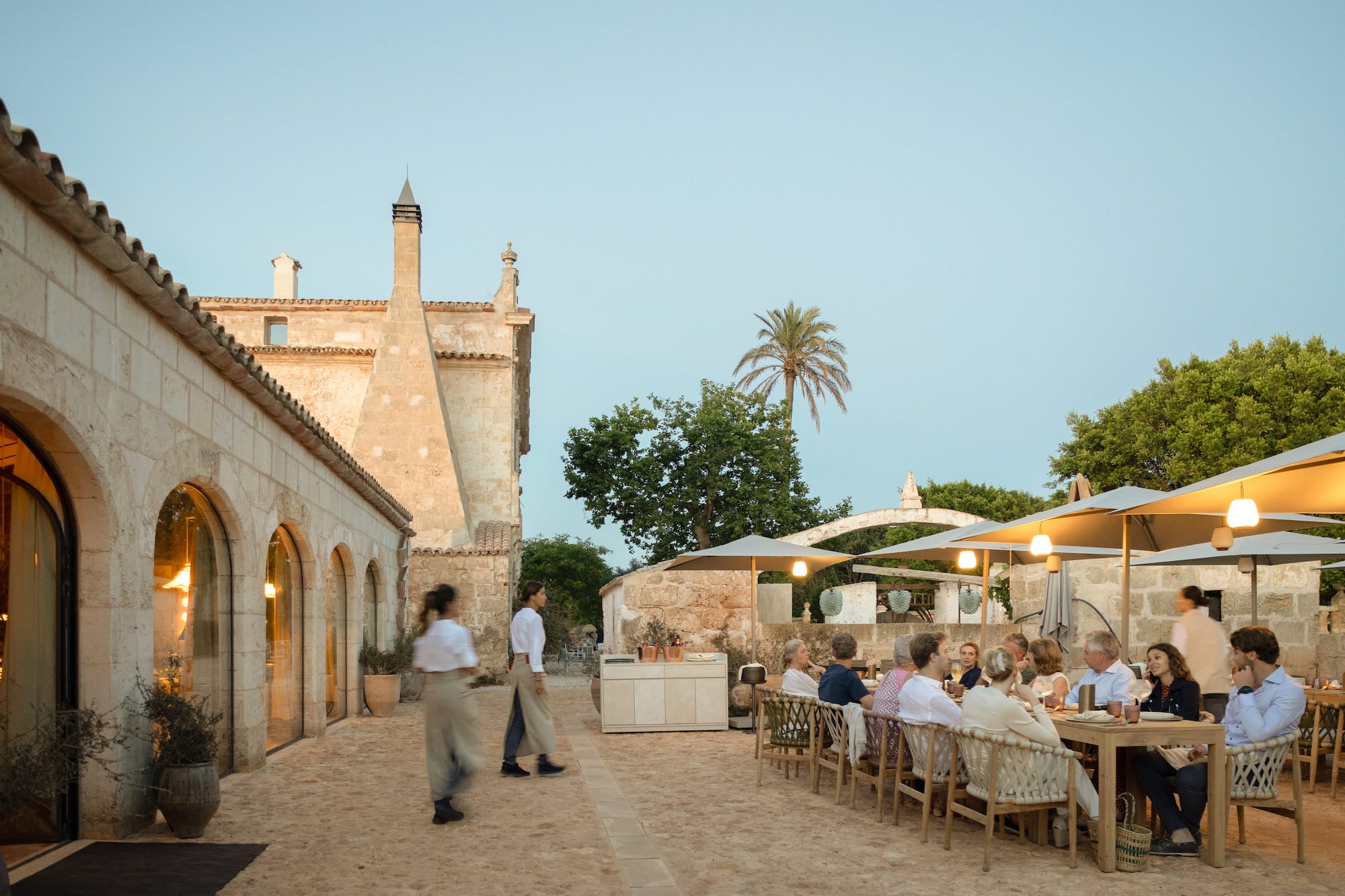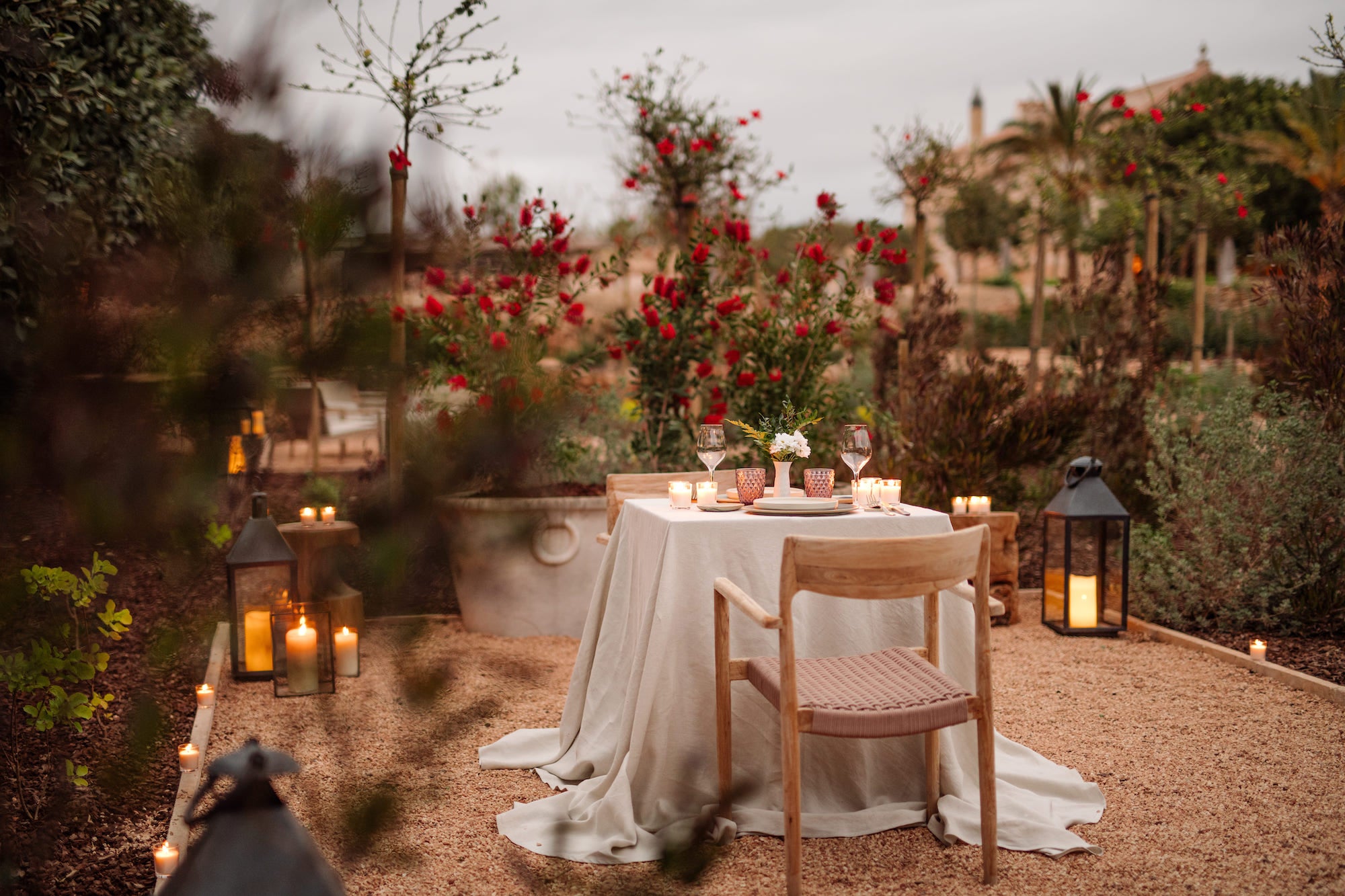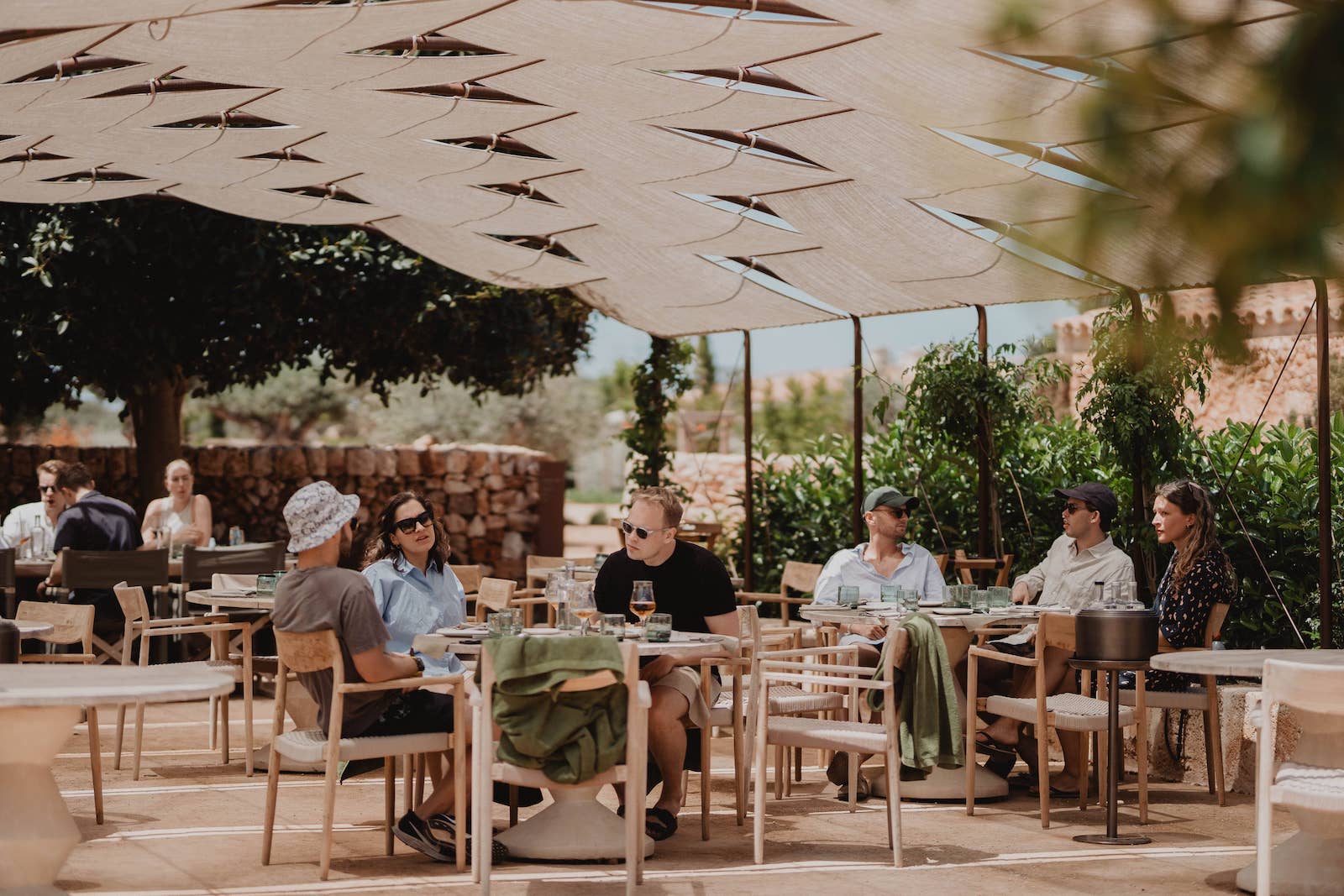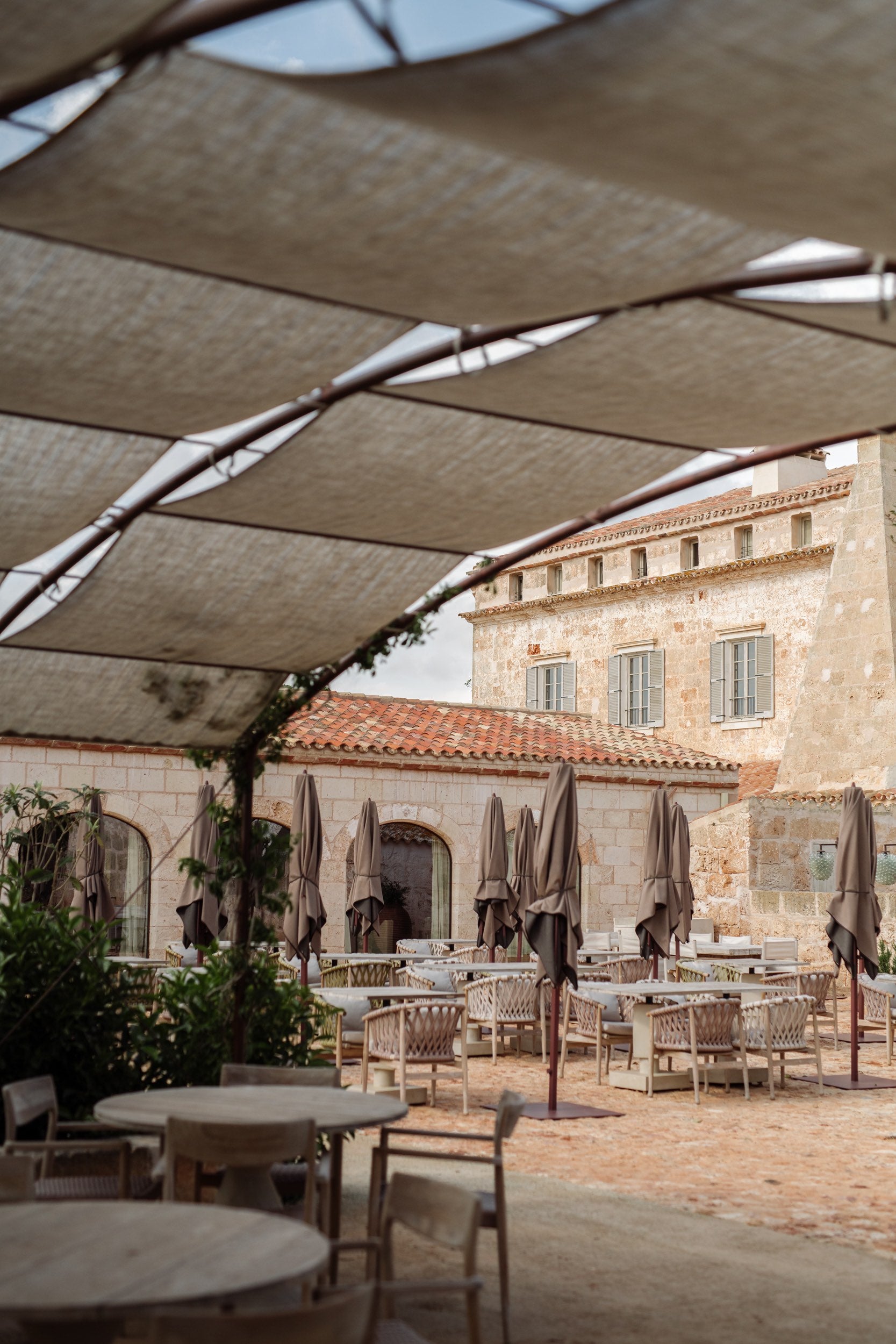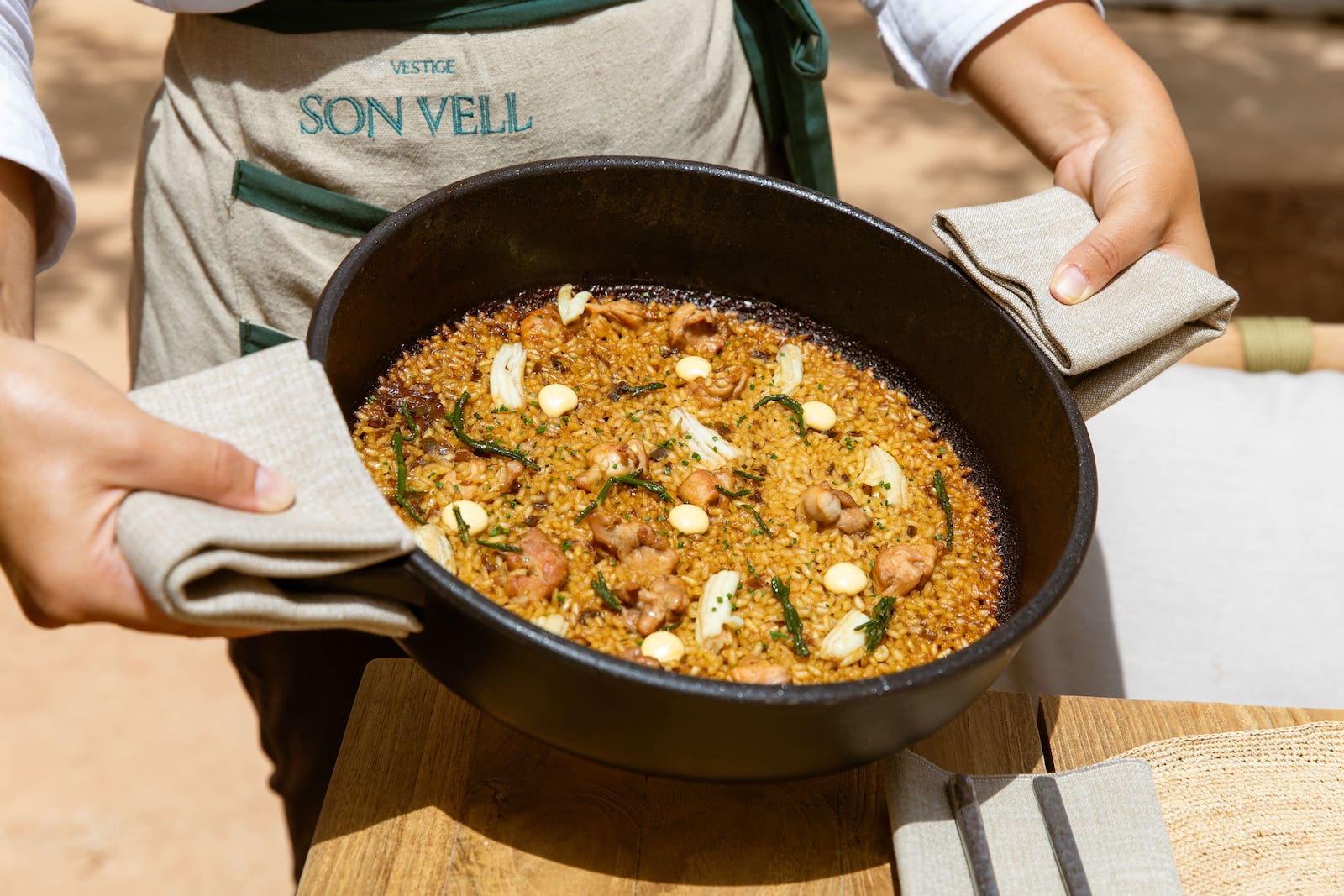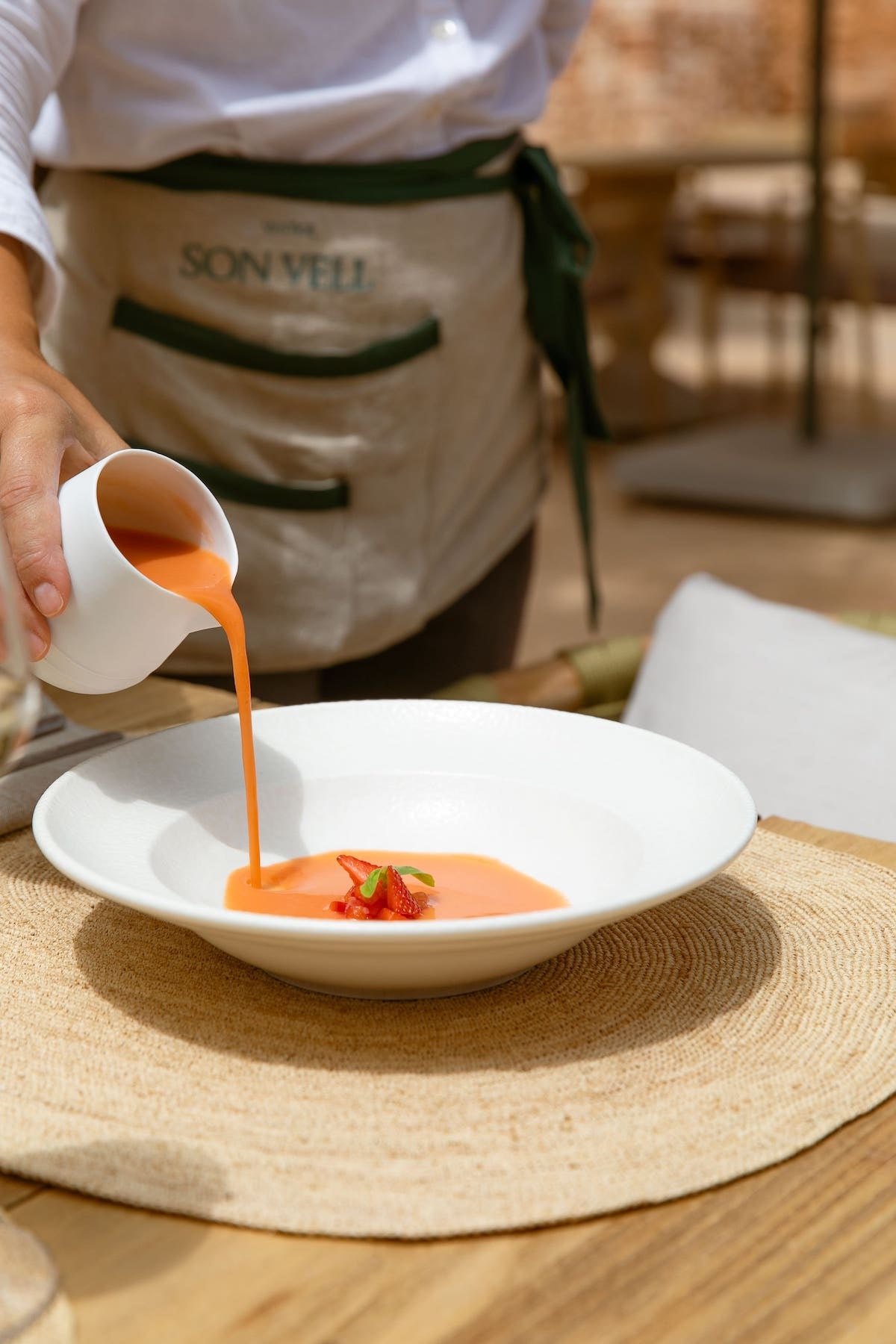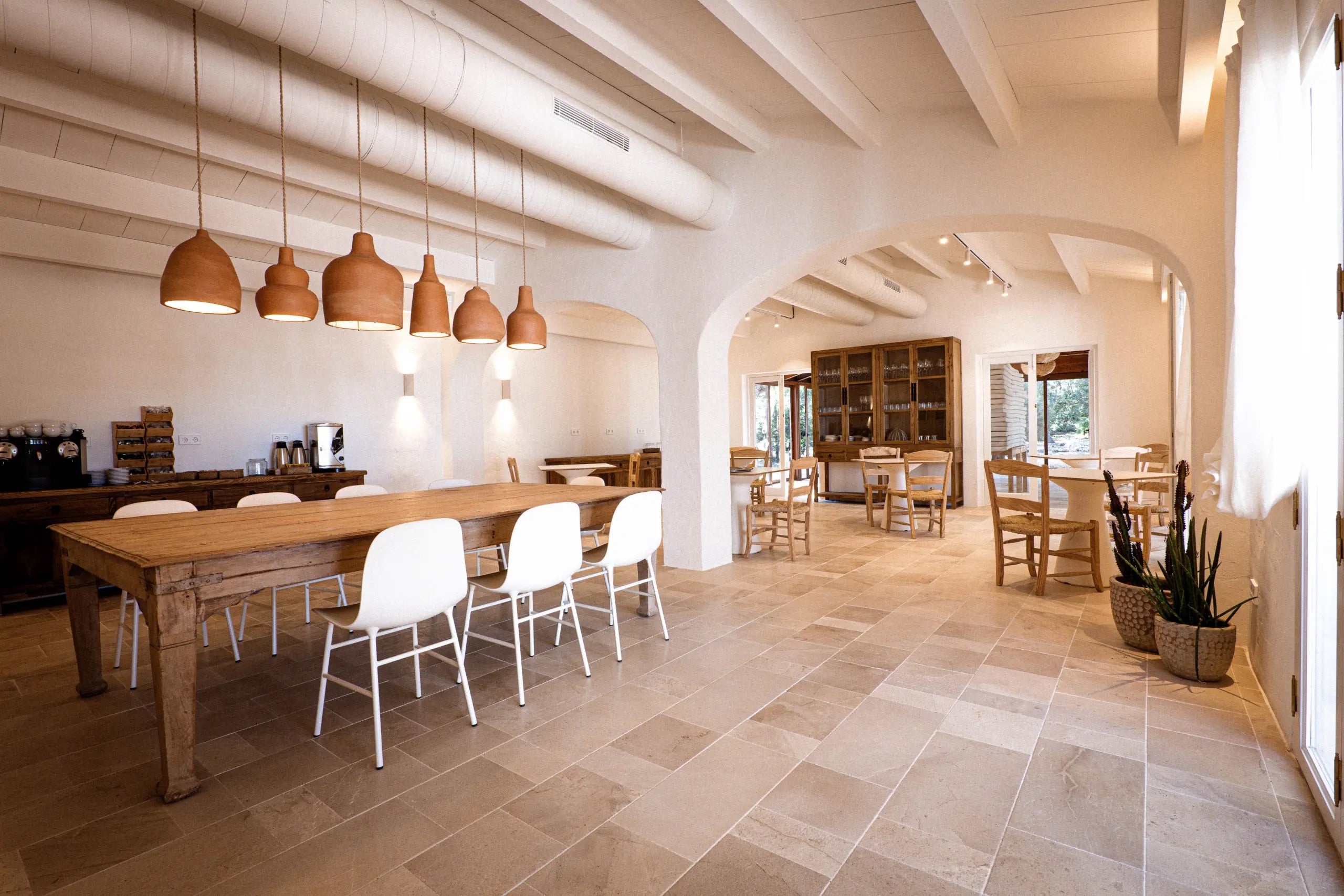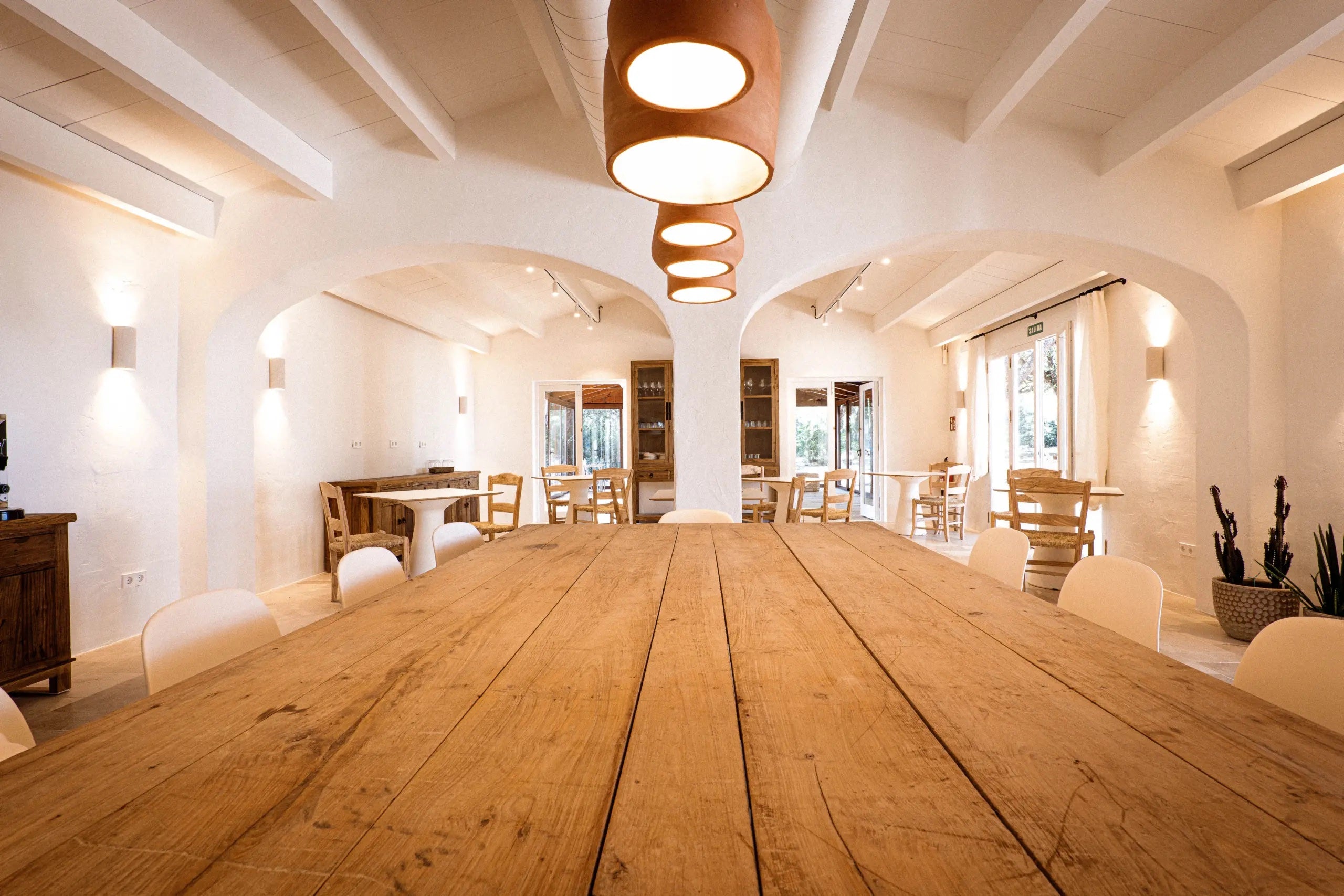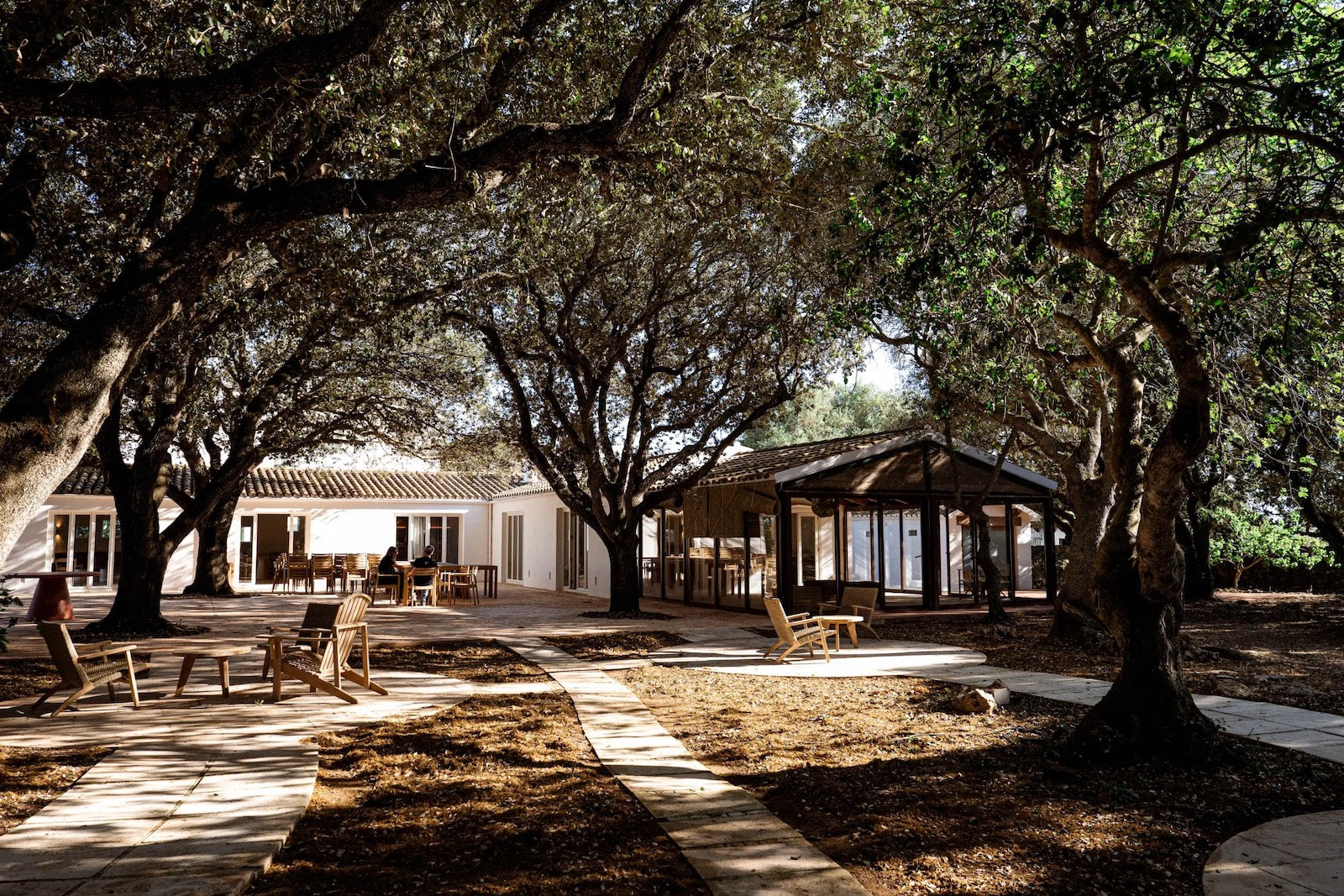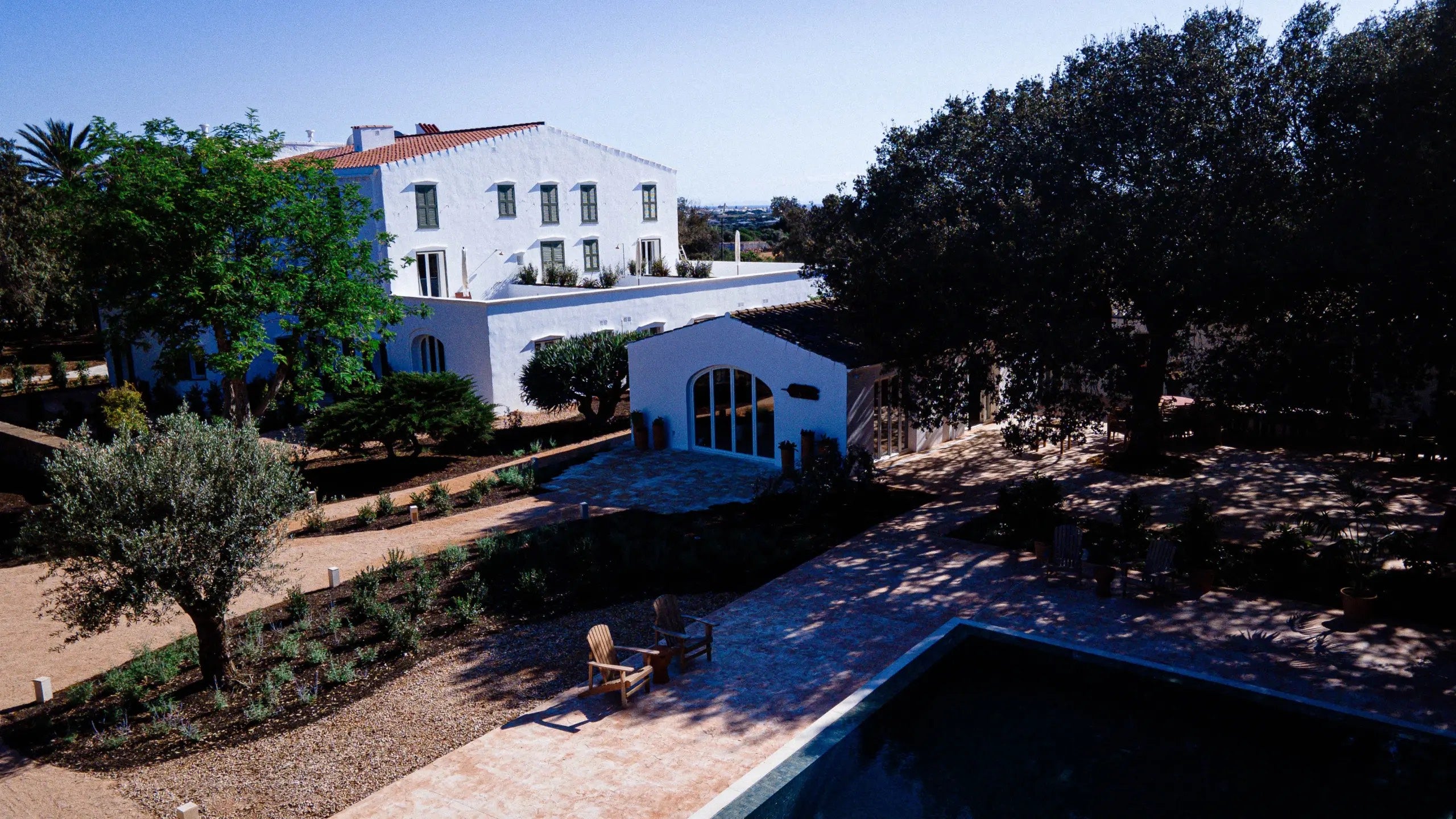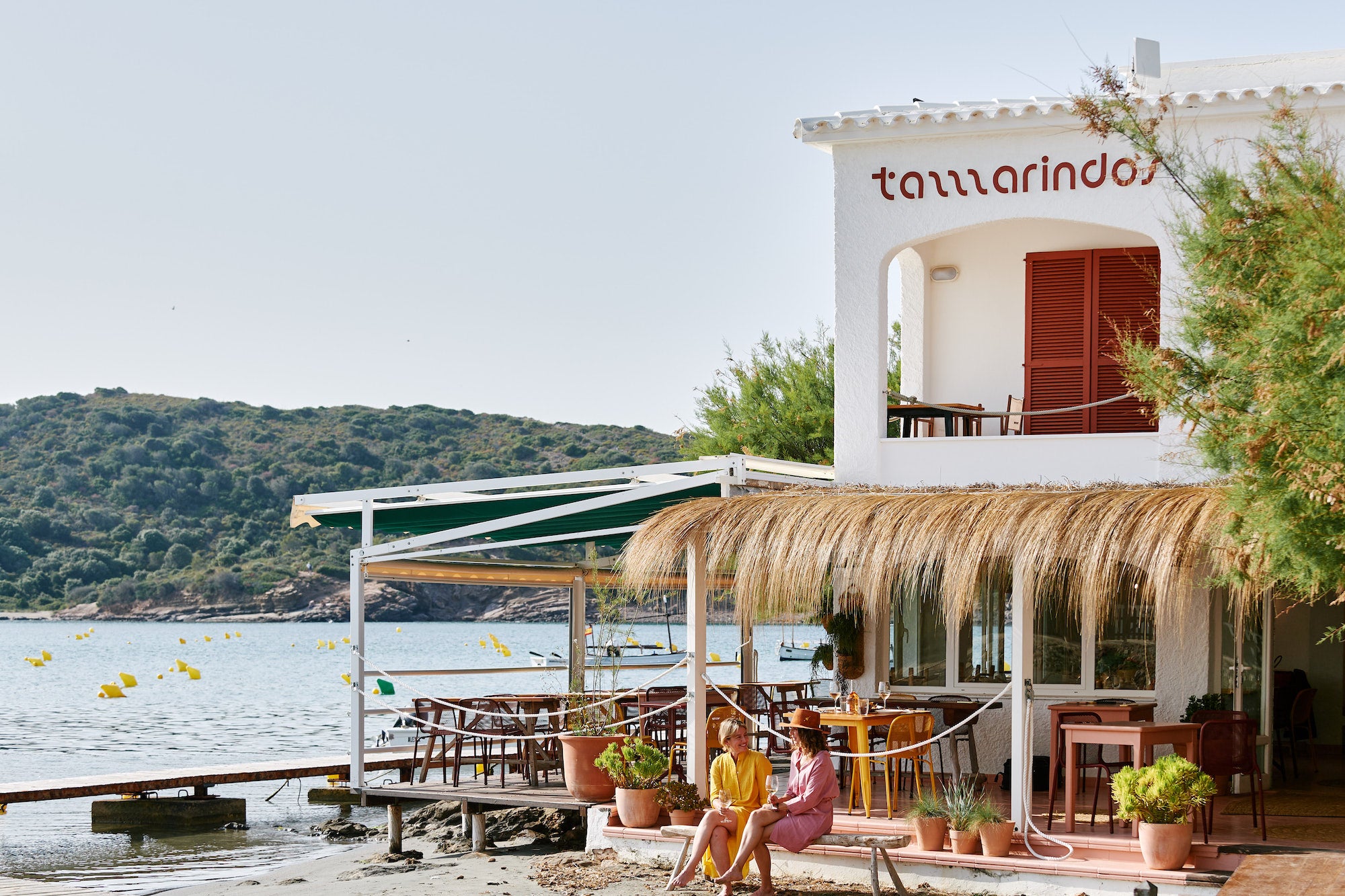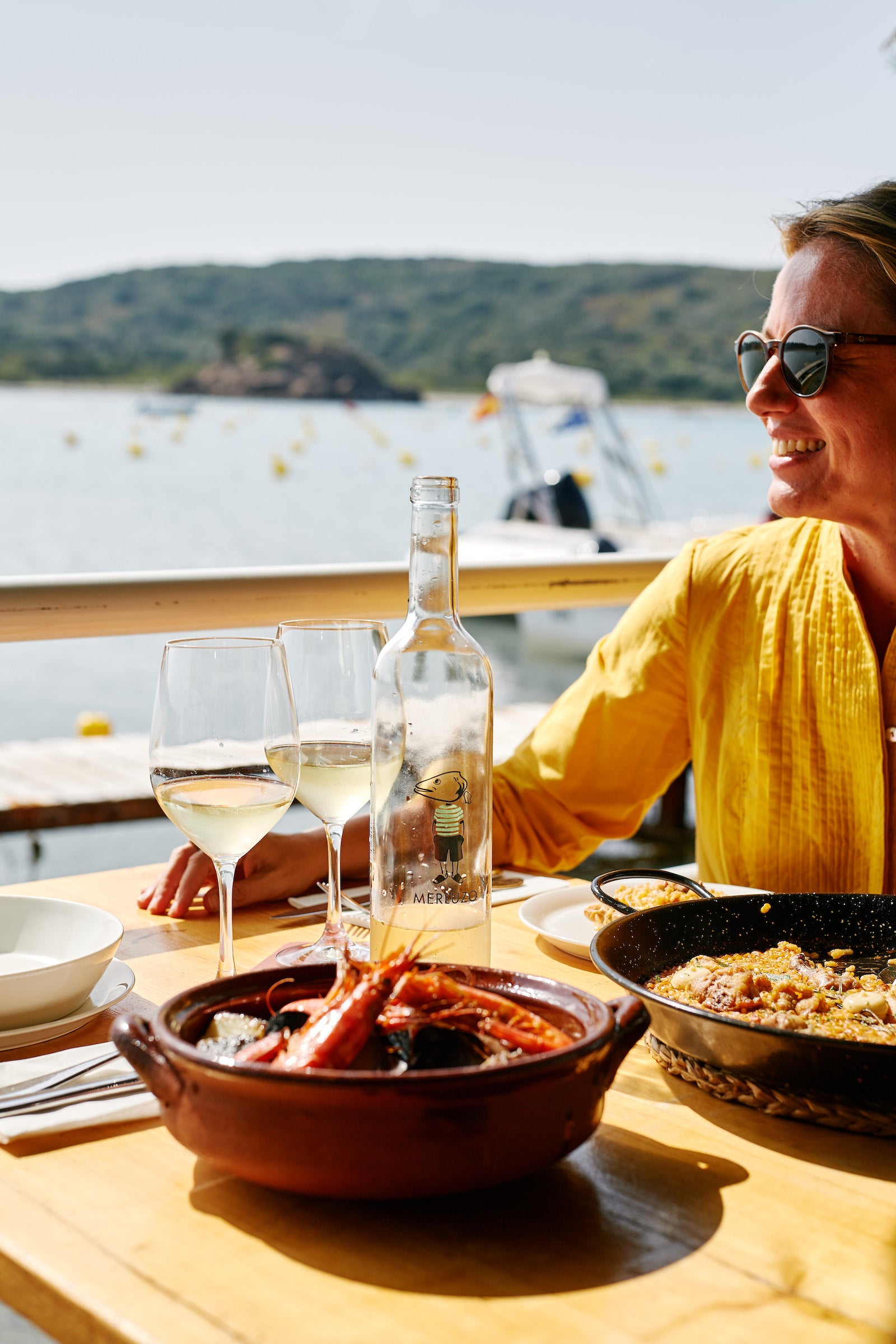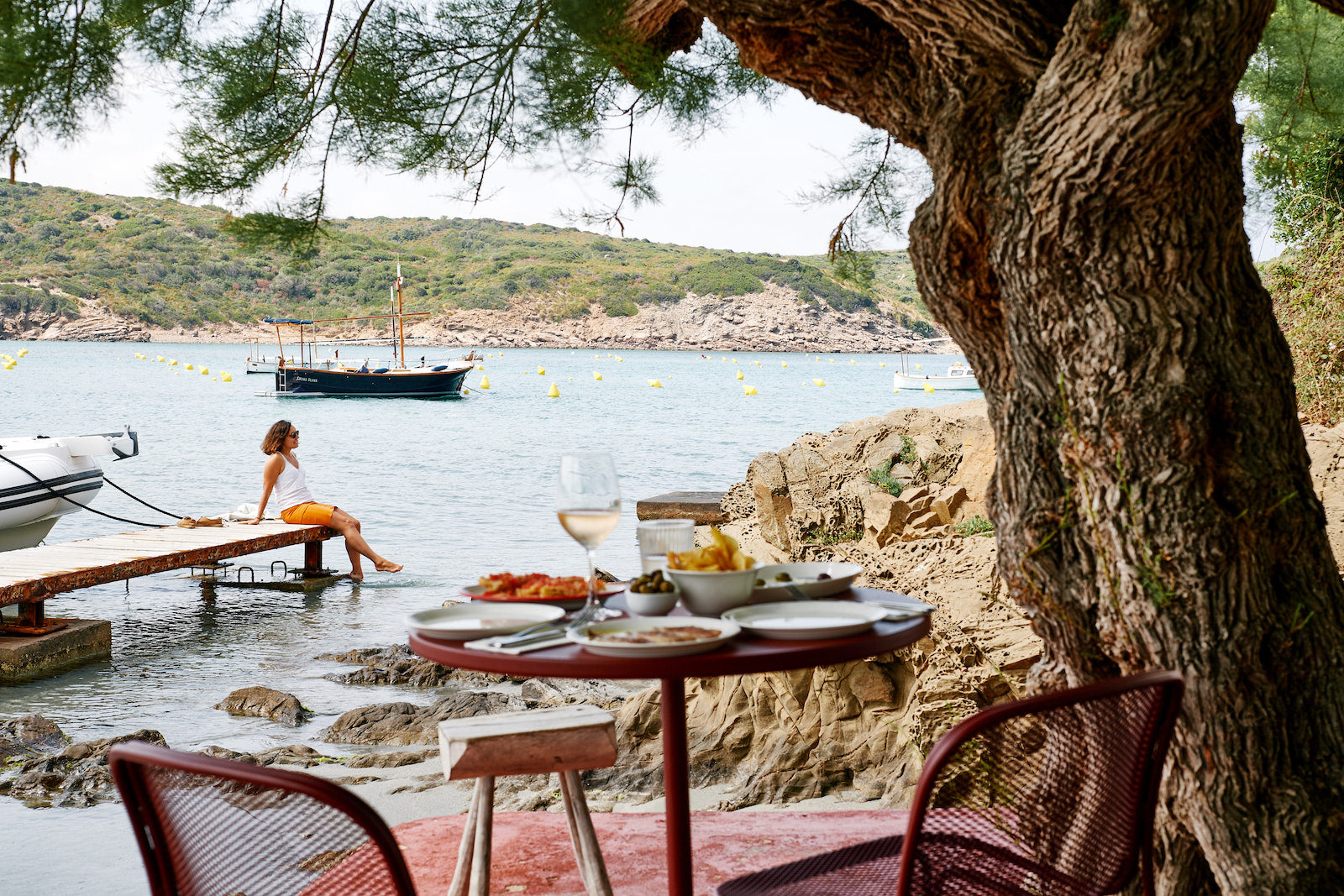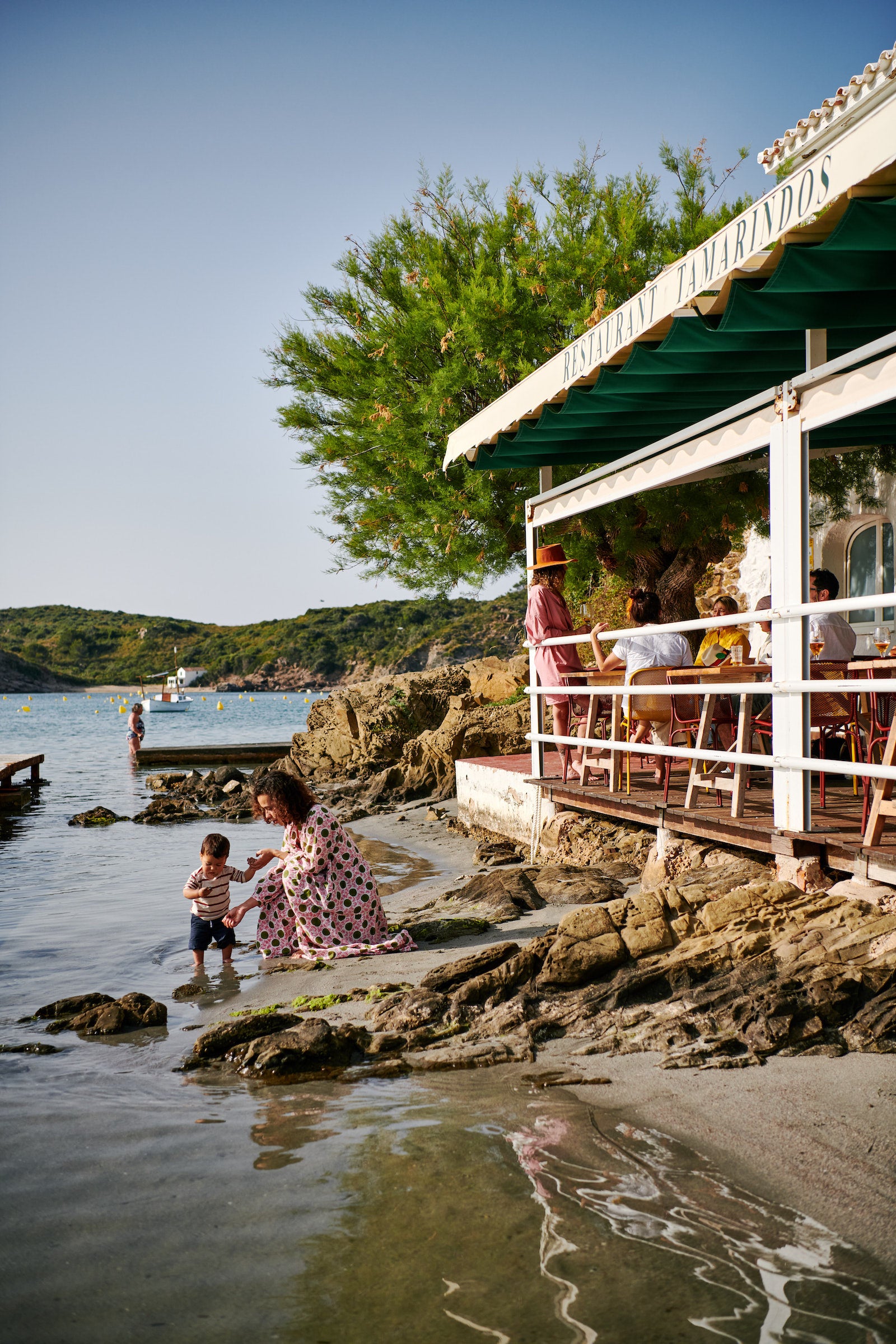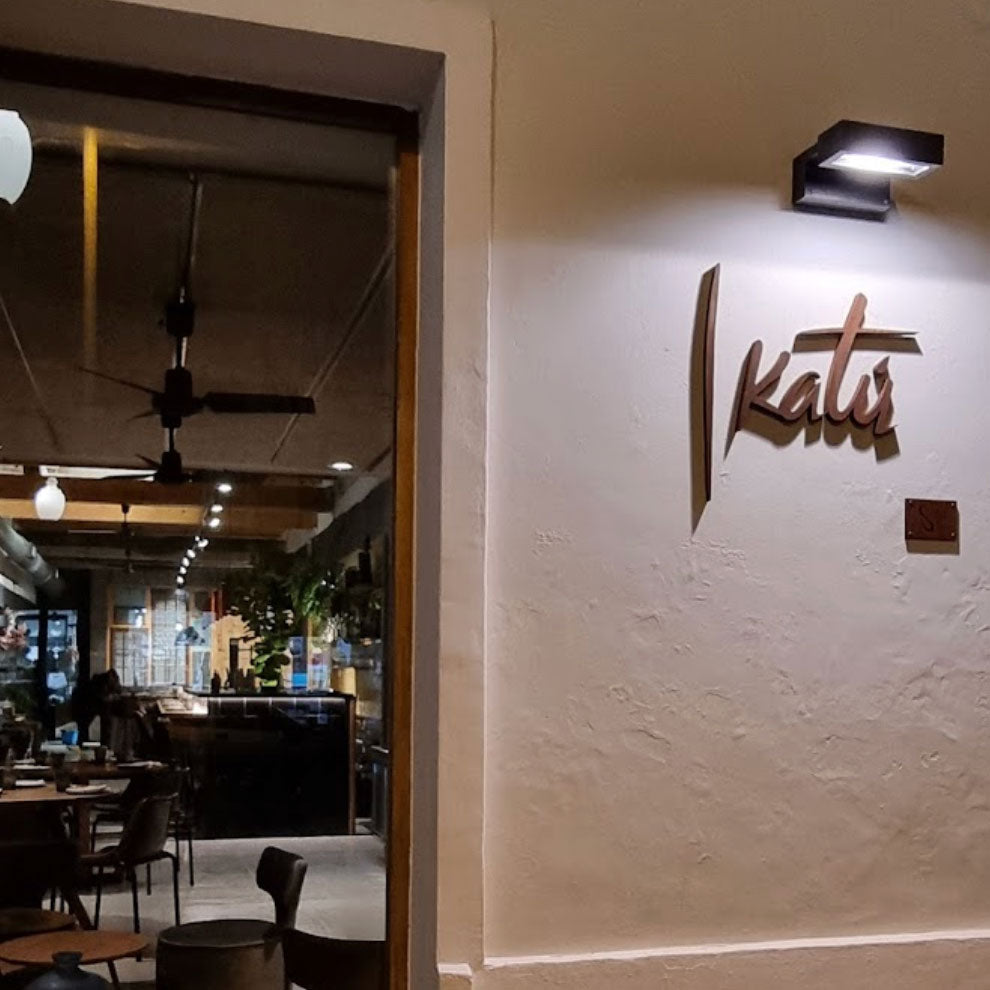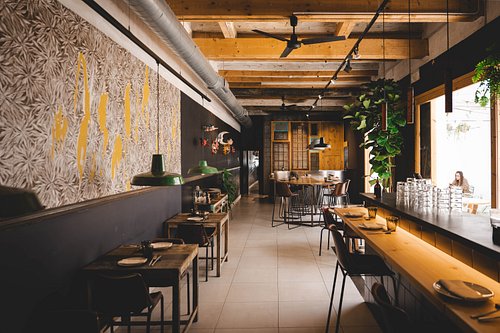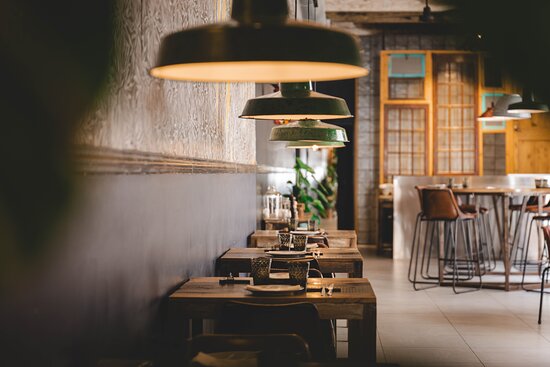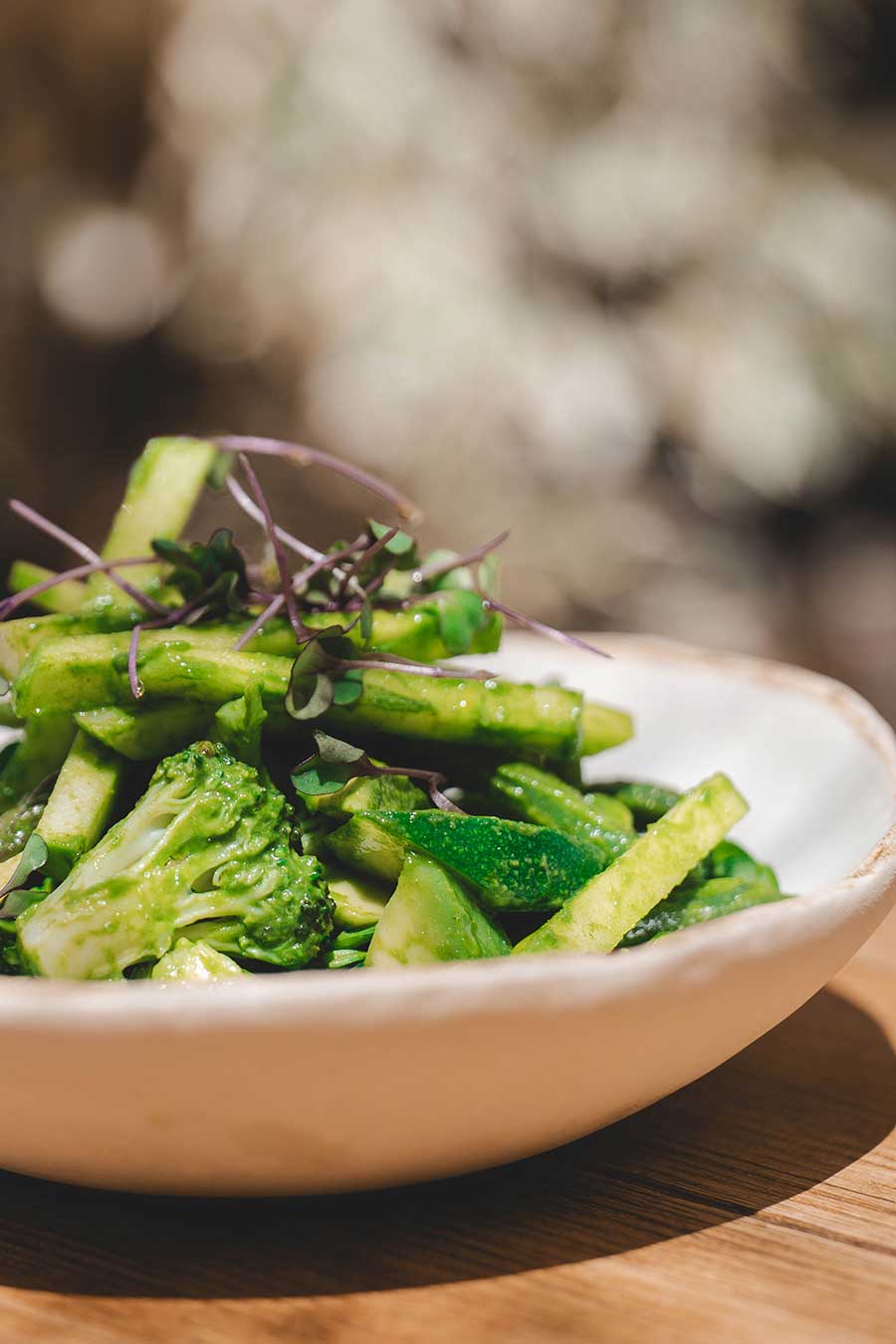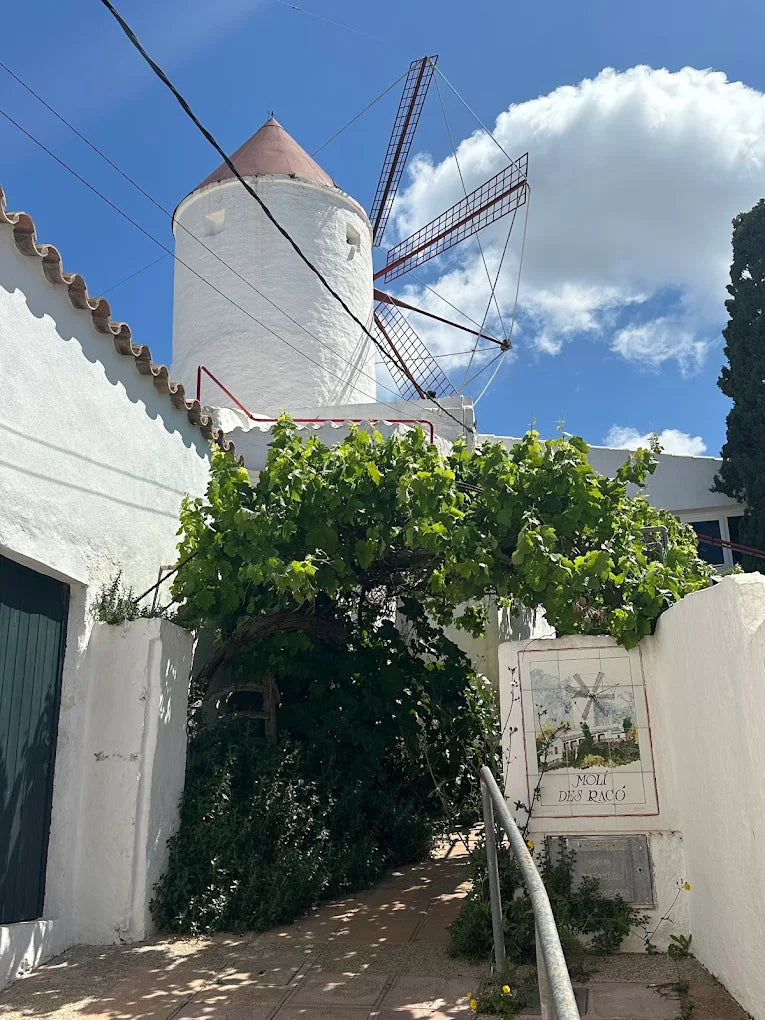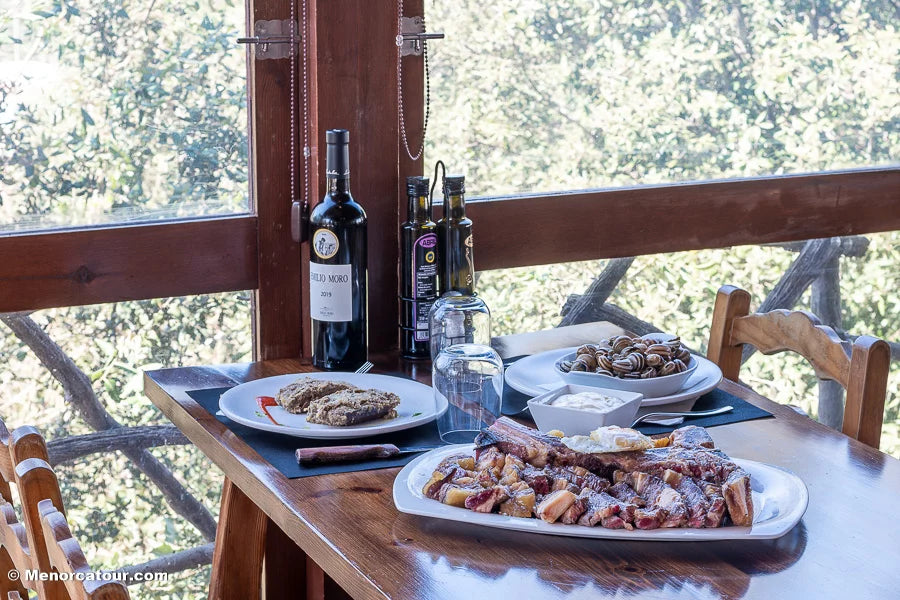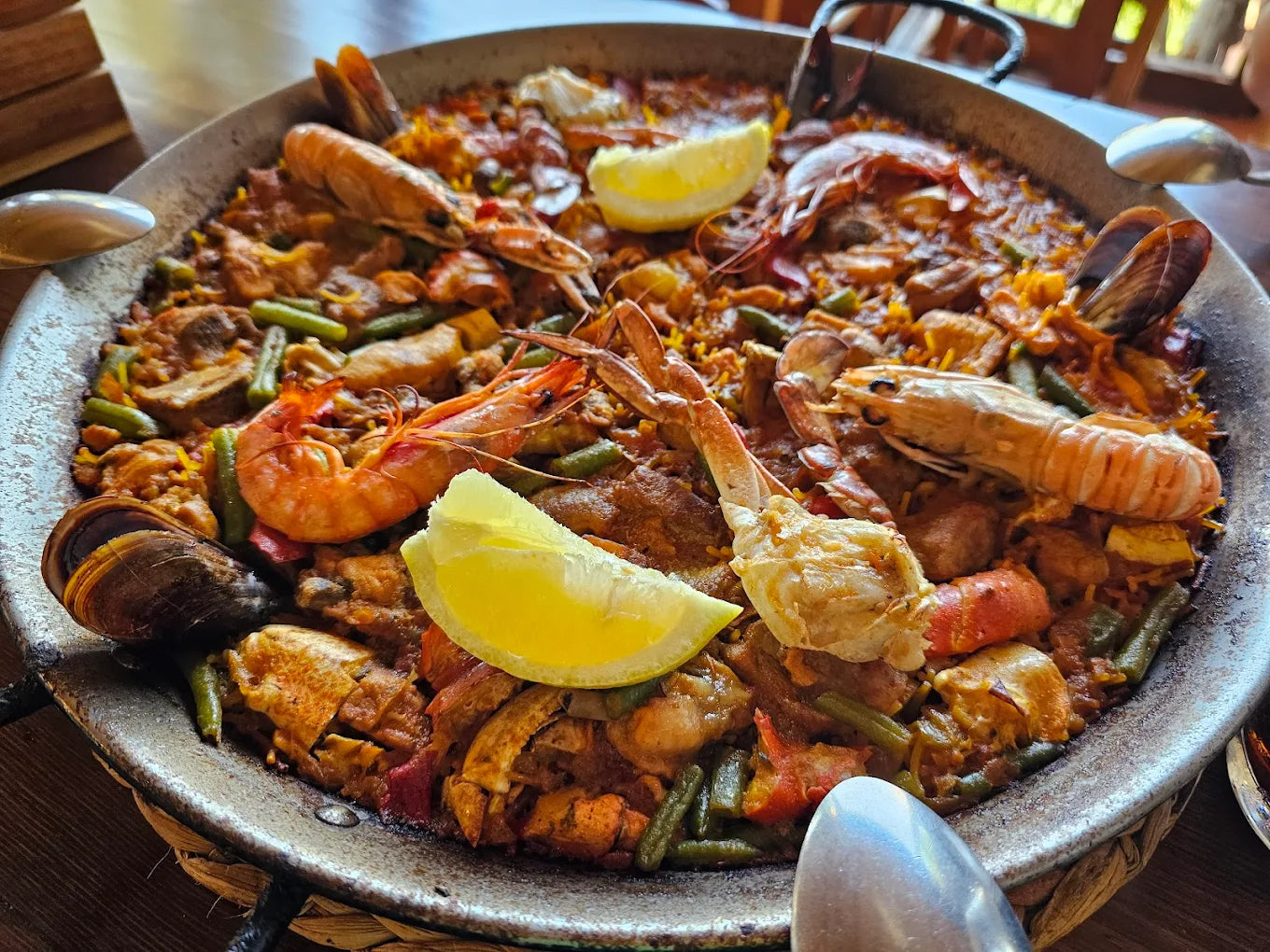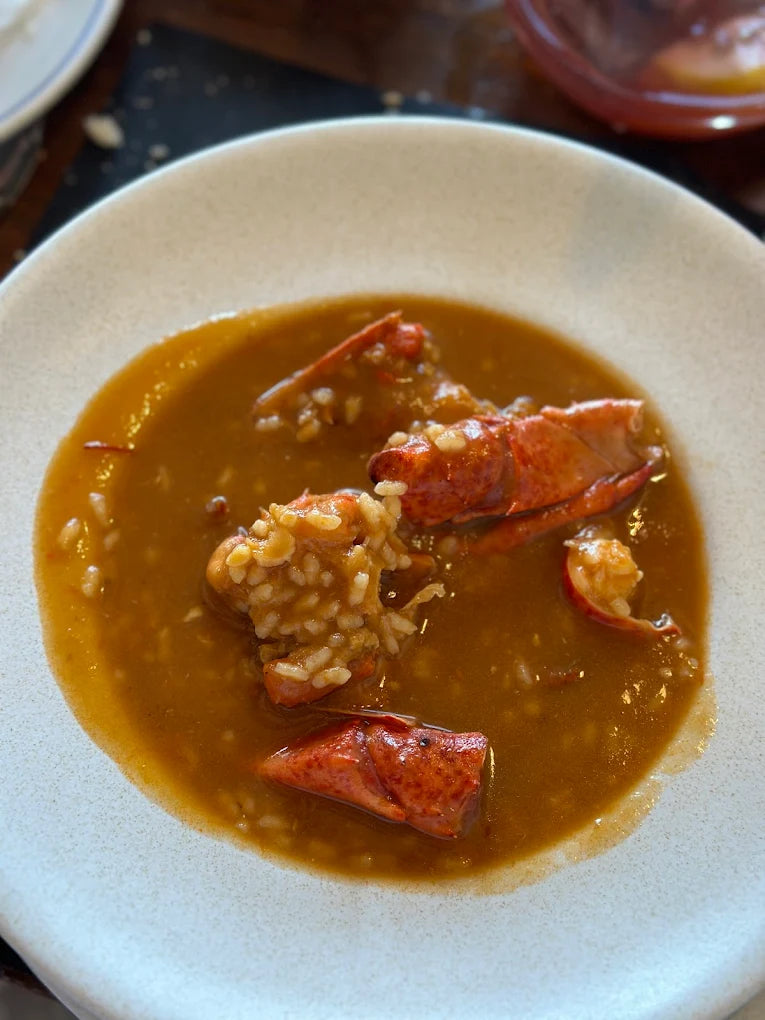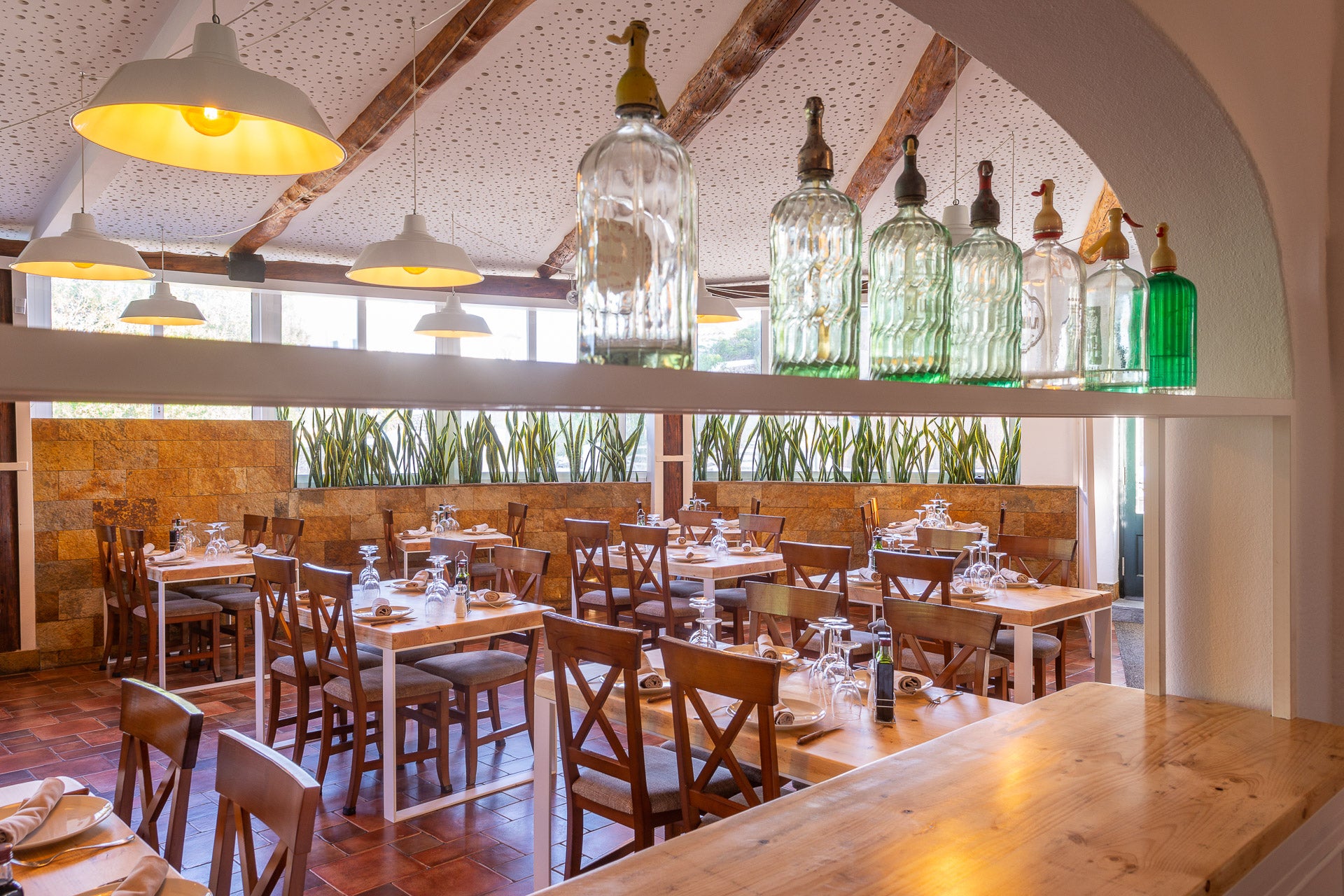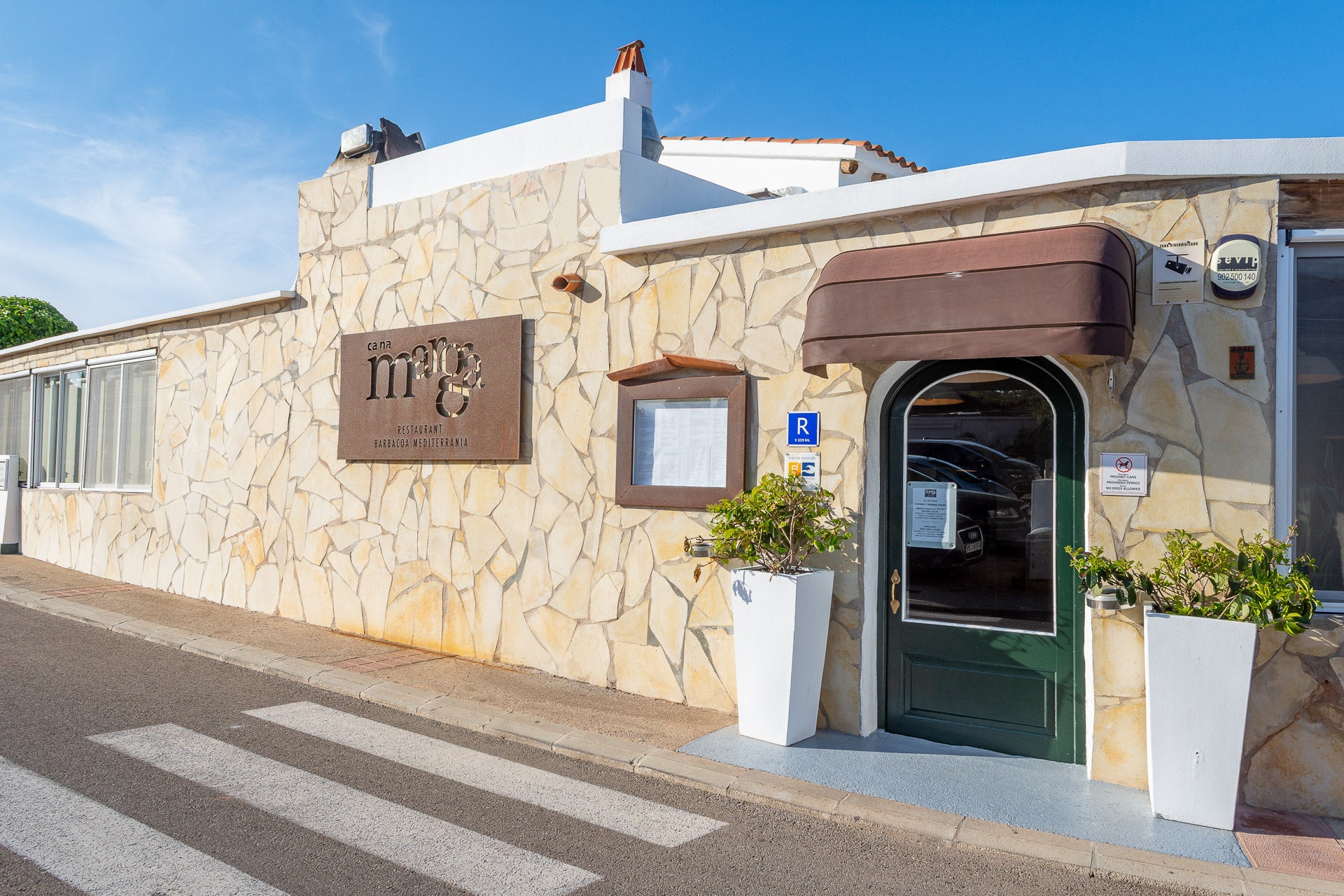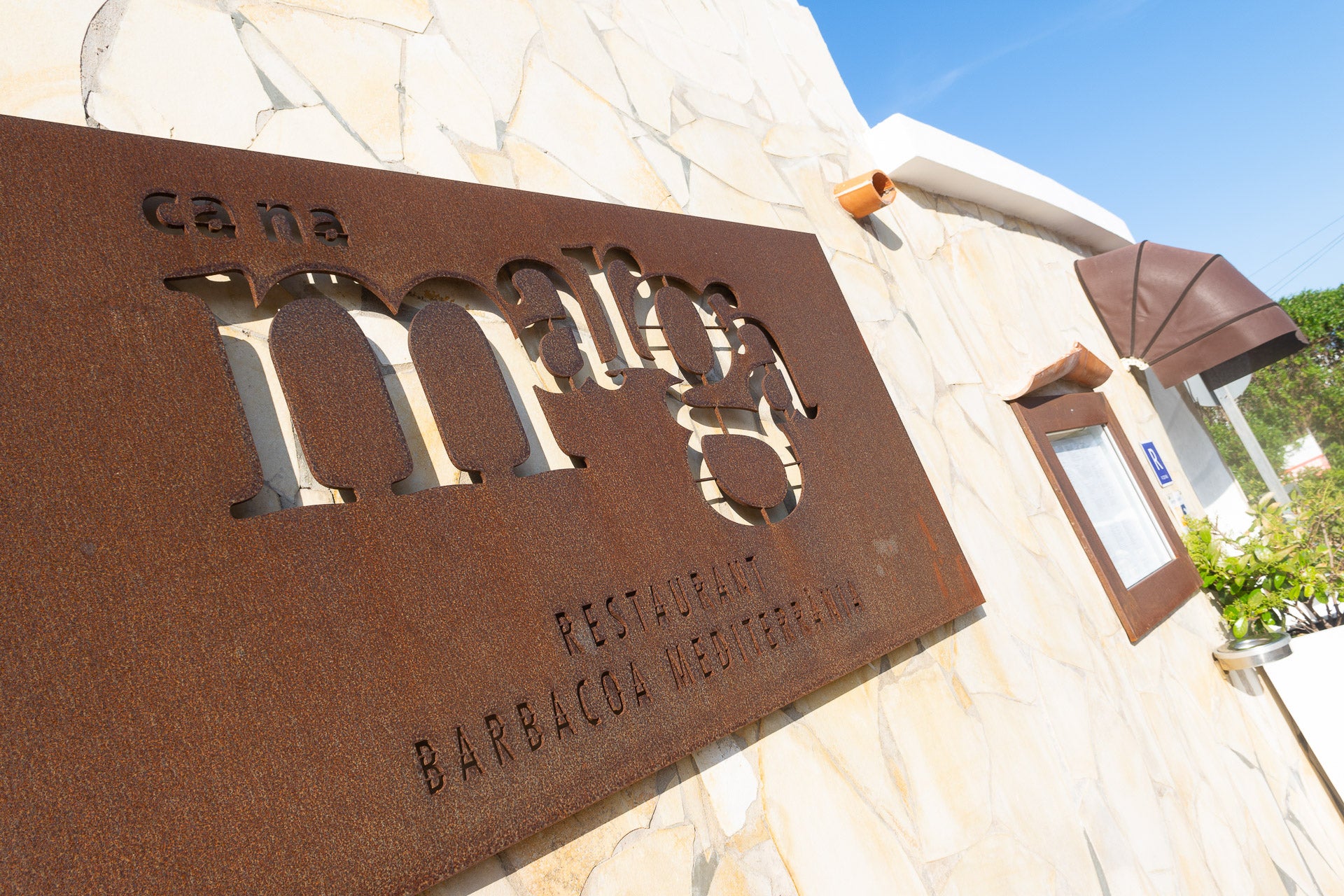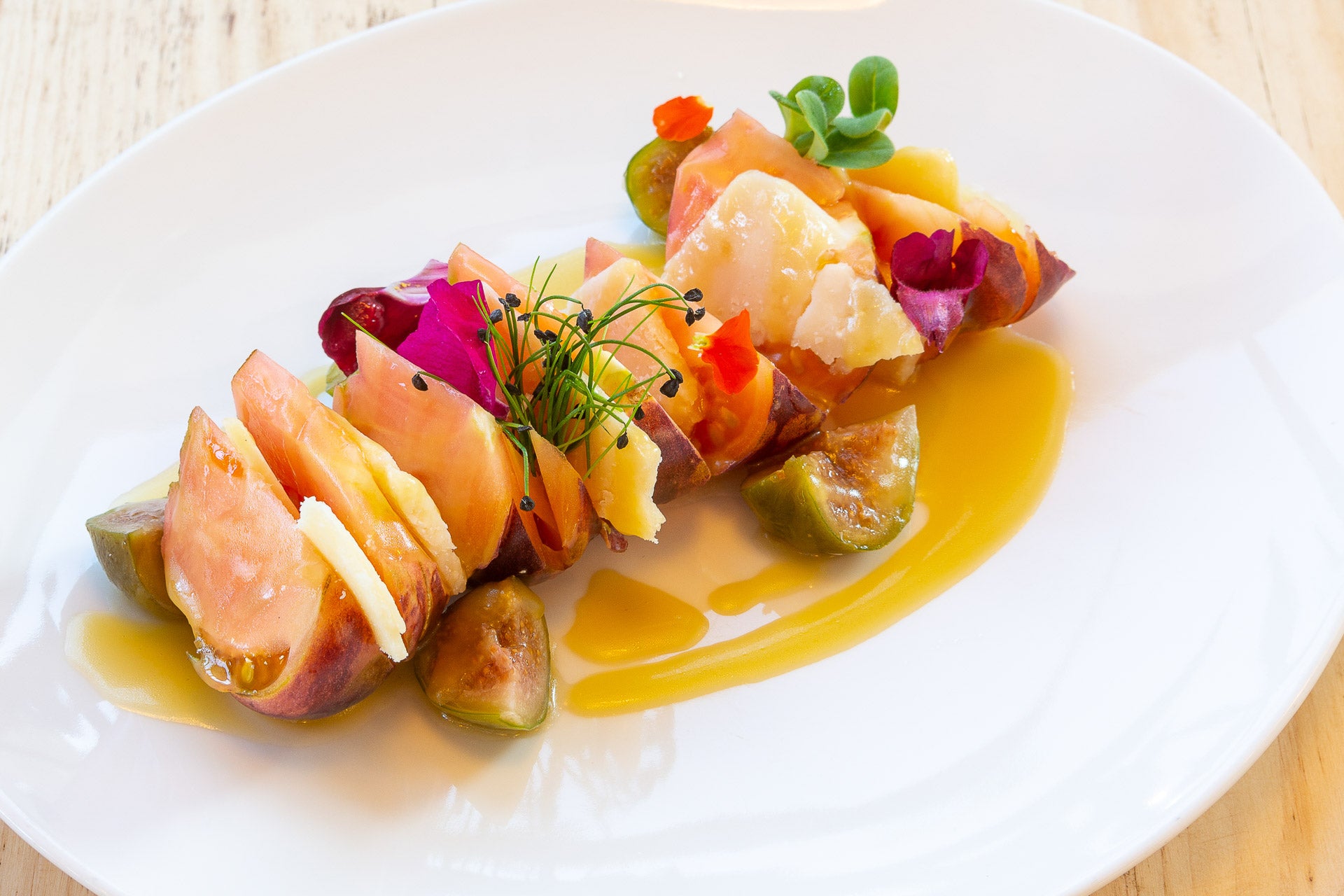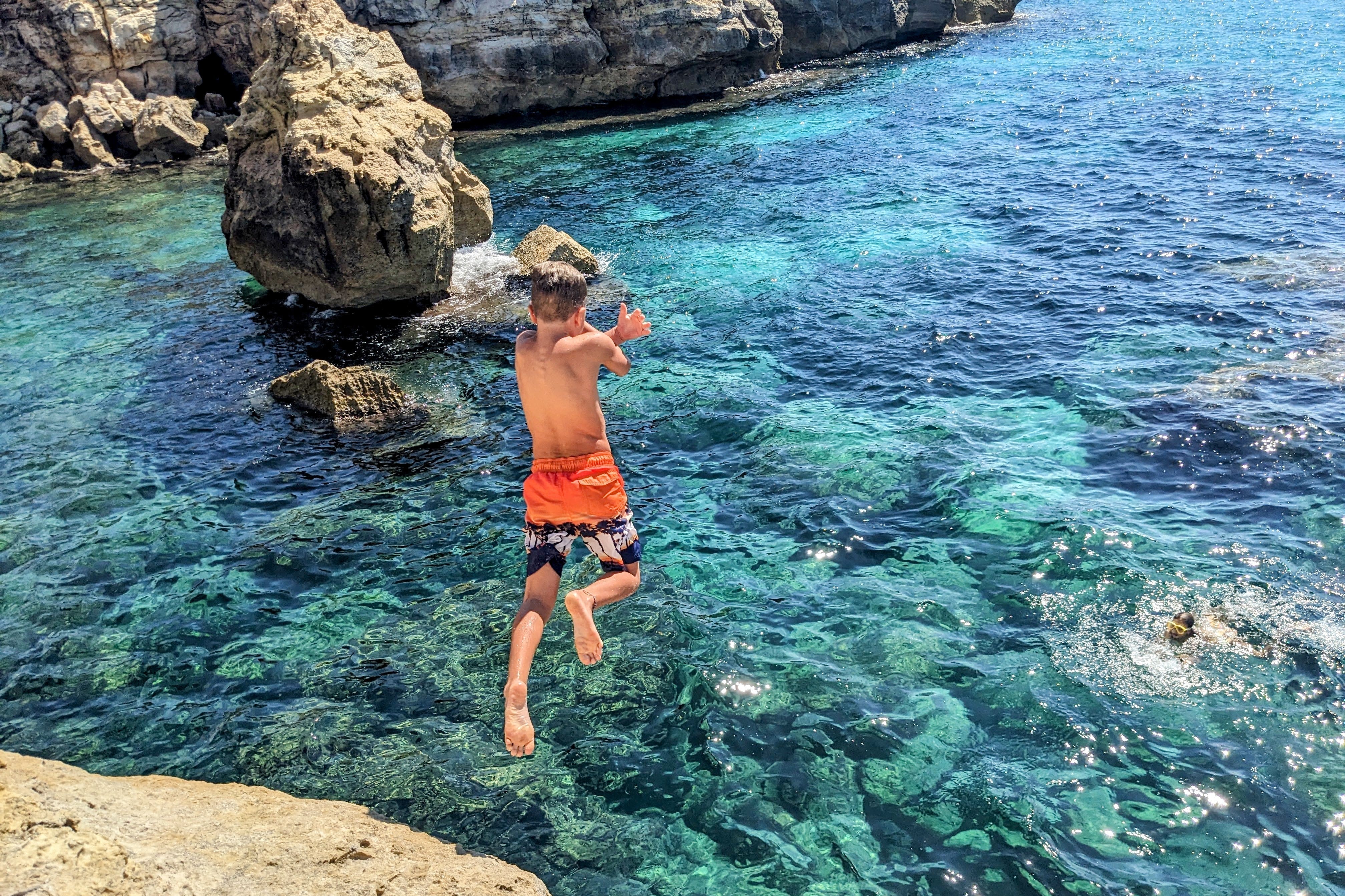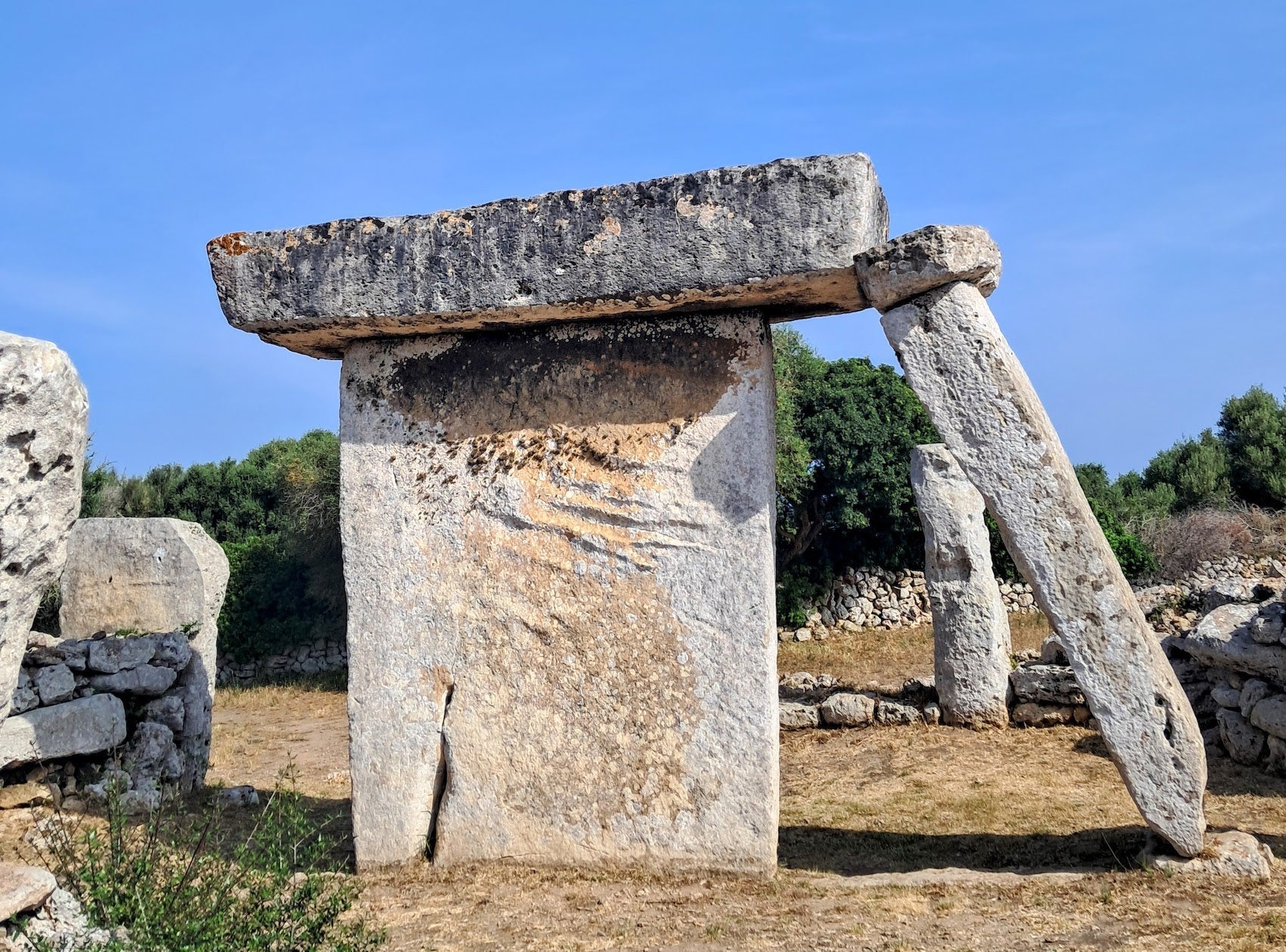Menorcan cuisine reflects the island's rich history, Mediterranean location, and influences from various cultures, including Spanish, Arabic, British, and French...
Menorca: A Culinary Voyage Through the Jewel of the Balearics
There is a rhythm to Menorca, a slow and steady beat that pulses through its rolling hills, turquoise coves, and ancient stone walls. Unlike its livelier Balearic neighbors, Ibiza and Mallorca, Menorca is a place of quiet pleasures, a refuge where time is measured in the ebb and flow of the Mediterranean tide rather than the ticking of the clock. This unhurried pace extends to its cuisine—a sun-drenched, sea-kissed symphony of flavors that has evolved over centuries, shaped by the waves of history that have washed over the island.
Eating on the Island - The Practical
Breakfast
Menorquíns usually have a very light breakfast to start the day, followed by a heartier breakfast around 10-11am. Typical breakfasts are: toast rubbed with fresh tomato and drizzled with olive oil (referred to locally as pan con tomate), tortilla de patata (potato omelette), croissants, ensaimadas (the island's traditional spiral shaped pastry dusted with powdered sugar and often filled with chocolate or cream) or a small baguette filled with ham, cheese or cured meat. Fresh squeezed orange juice and un cortado (espresso with a dash of hot milk), or cafe con leche (espresso with hot milk) are popular breakfast beverages.
Where to get breakfast:
- In Mahón: Es Llonguet (Carrer Rosari 12)
- In Ciutadella (outside of the main town but worth it): Sucreria Cánovas (Carrer dels Sabaters, 21)
- In Ciutadella (in town): Bar des Casino Nou (Avinguda de la Constitució, 18)

Above: Cafe con leche, tortilla de patata and pan con tomate at Cánovas Bakery in Ciutadella.
Lunch (La Comida)
Lunch in Menorca is typically served between 1:30 and 3:30pm. This is considered the main meal of the day for Menorquíns, often including a first and second course and fruit for dessert. Typical dishes on the island are caldereta de langosta (lobster stew), fresh fish and shellfish (especially mussels and prawns), paella, arroz negro (black rice made with squid ink), lamb chops, ribeye steak and salad with lettuce, tuna, tomato, onion and bell pepper. Visit our Restaurant Collection to find a restaurant near you serving lunch.

Above: the caldereta de langosta at Molí des Racó restaurant in Es Mercadal.
Afternoon snack (La Merienda)
After lunch, Menorquíns typically take a rest (la siesta), until around 5pm, when they usually have what is called la merienda, which typically includes a sweet and a coffee.
Dinner (La Cena)
Dinner is usually light for Menorquíns and typically served from 7:30/8pm until about 10/11pm. Tapas (smaller plates) are typically at this time. Visit our Restaurant Collection to find a restaurant near you serving dinner.
Where to Shop
If you are looking to buy groceries in Menorca, it is best to do a shop for essentials at one of the big supermarkets either in Mahón or Ciutadella: Mercadona, Lidl and Aldi are the best. See our Go Market Guide for a schedule of Menorca's farmer's markets, where you can find a wonderful array of local and artisanal products.
The Island’s Bounty
Before the first bite, Menorca’s food tells a story. It begins in the island’s terracotta fields, where gnarled olive trees and caper bushes thrive under the Mediterranean sun. It continues along the rugged coast, where fishermen bring in the daily catch—gleaming red prawns, meaty scorpionfish, and the prized Menorcan lobster. These natural gifts have long dictated the rhythm of the island’s gastronomy, and even as modernity creeps in, Menorca remains fiercely protective of its culinary heritage.

Above: Lobster at Cafe Balear
Take a drive through the island’s interior, and you’ll find yourself among rolling pastures where dairy cows graze lazily under the open sky. Here, the soul of Menorcan cuisine takes its most famous form: Mahón cheese. Aged in underground cellars and rubbed with paprika, this cow’s milk cheese is a hallmark of the island’s culinary identity. A taste of the aged variety, sharp and complex, carries the essence of the island’s salt-sprayed air and rich earth. Artisanal cheese farms such as Subaida or Sant Patrici welcome visitors to sample their offerings, often accompanied by a sip of local Gin Xoriguer, the island’s signature gin distilled from wine alcohol and infused with juniper.

Above: cows on a farm near Son Bou beach
A Legacy of Conquest on the Plate
Menorca’s strategic position in the Mediterranean made it a coveted prize for a rotating cast of conquerors—Romans, Moors, French, and British—all of whom left their mark on the island’s food. The most enduring of these influences is found in caldereta de langosta, a rich lobster stew that has become synonymous with Menorca’s culinary tradition. Said to have originated in the kitchens of humble fishermen, this dish is now an island staple, enjoyed at iconic restaurants such as Molí des Racó, the only restaurant on the island to maintain the original caldereta recipe, passed on from generation to generation.

Above: serving the caldereta de langosta at Es Cranc in Fornells
The British left their legacy not only in the form of gin but also in Menorca’s love of baked goods and meat pies. The island’s formatjades, small round pastries filled with spiced pork or lamb, are a nod to this colonial past and a common sight in bakeries across Mahón and Ciutadella. Meanwhile, the Moors gifted Menorca its love of almonds and citrus, both of which play a starring role in traditional desserts like pastissets (delicate, flower-shaped shortbread cookies) and amargos (chewy almond cookies).
The New Wave of Menorcan Cuisine
While Menorca fiercely guards its culinary traditions, a new generation of chefs is weaving innovation into the island’s gastronomic tapestry. At the forefront of this movement is the Llucasaldent Gran Restaurant, where Chef Paco González reimagines Menorquin classics with precision and creativity, turning once humble plates into ethereal experiences that linger on the palate long after the last bite.
In Maó, the capital, contemporary bistros like Ses Forquilles reinterpret Menorcan classics, marrying locally sourced ingredients with international techniques. Here, dishes such as suckling pig with apricot puree reflect the island’s evolving palate while still paying homage to its past.
Even Menorca’s vineyards are experiencing a quiet renaissance. Once overshadowed by Mallorca’s robust wine scene, Menorcan winemakers are now reclaiming their place with indigenous varietals such as Prensal Blanc and Merlot. A visit to Bodegas Binifadet, where vines unfurl toward the sea, offers an intimate look at the island’s emerging wine culture, best enjoyed with a plate of cured Mahon cheese and a view of the sunset.

Above: you will find mussels - typically harvested in the Port of Mahón - on many menus - theses are from Fornell's seafront restaurant, Sa Fonda
Dining with the Elements
To truly understand Menorca’s culinary soul, one must dine as the Menorcans do—out in the open, surrounded by nature’s grandeur. Whether it’s a seaside chiringuito where the waves practically lap at your feet, or a countryside farmhouse-turned-restaurant where the scent of rosemary and thyme lingers in the air, meals here are an extension of the landscape.

Above: At Son Vell Hotel in Ciutadella, guests can request a private dining experience in the pristine garden, served by the onsite restaurant Vermell.
For those who prefer the DIY approach, Menorca’s picnic culture is alive and well. A stop at a local bakery for some formatjades, a wedge of Mahon cheese, and a bottle of crisp white wine is all you need for a simple yet sublime seaside feast. Find a quiet cala—perhaps Cala Macarella or Cala Pregonda—spread out a blanket, and let the island’s flavors speak for themselves.
The Taste of Timelessness
Menorca is not a place that seeks to impress with flashy gastronomy or Michelin-starred excess. It is an island that whispers rather than shouts, where food is a reflection of place and history, not passing trends. To eat in Menorca is to participate in a centuries-old dialogue between land and sea, between tradition and reinvention.
And as you take that last sip of Hierbas de Menorca, a locally crafted herbal liqueur typically served at the end of a meal, you’ll understand that the island’s true magic lies not just in its beauty, but in the way it invites you to slow down, savour, and taste life as it was meant to be enjoyed.


